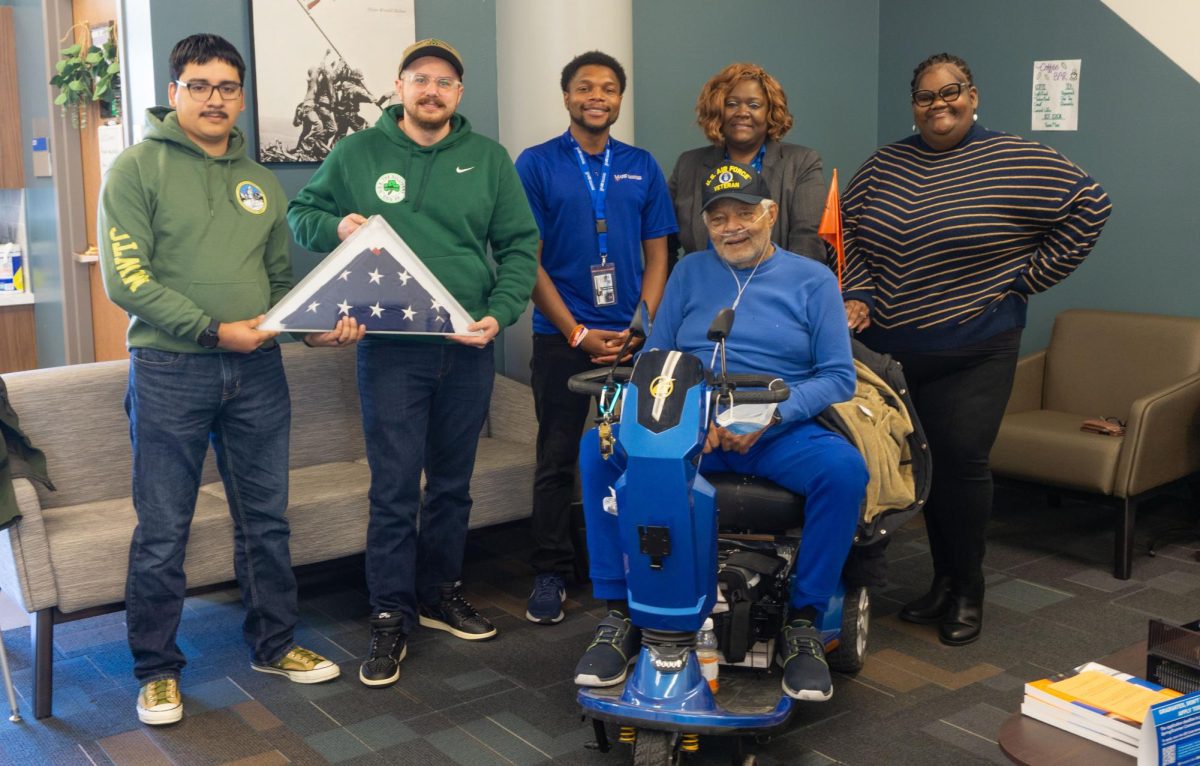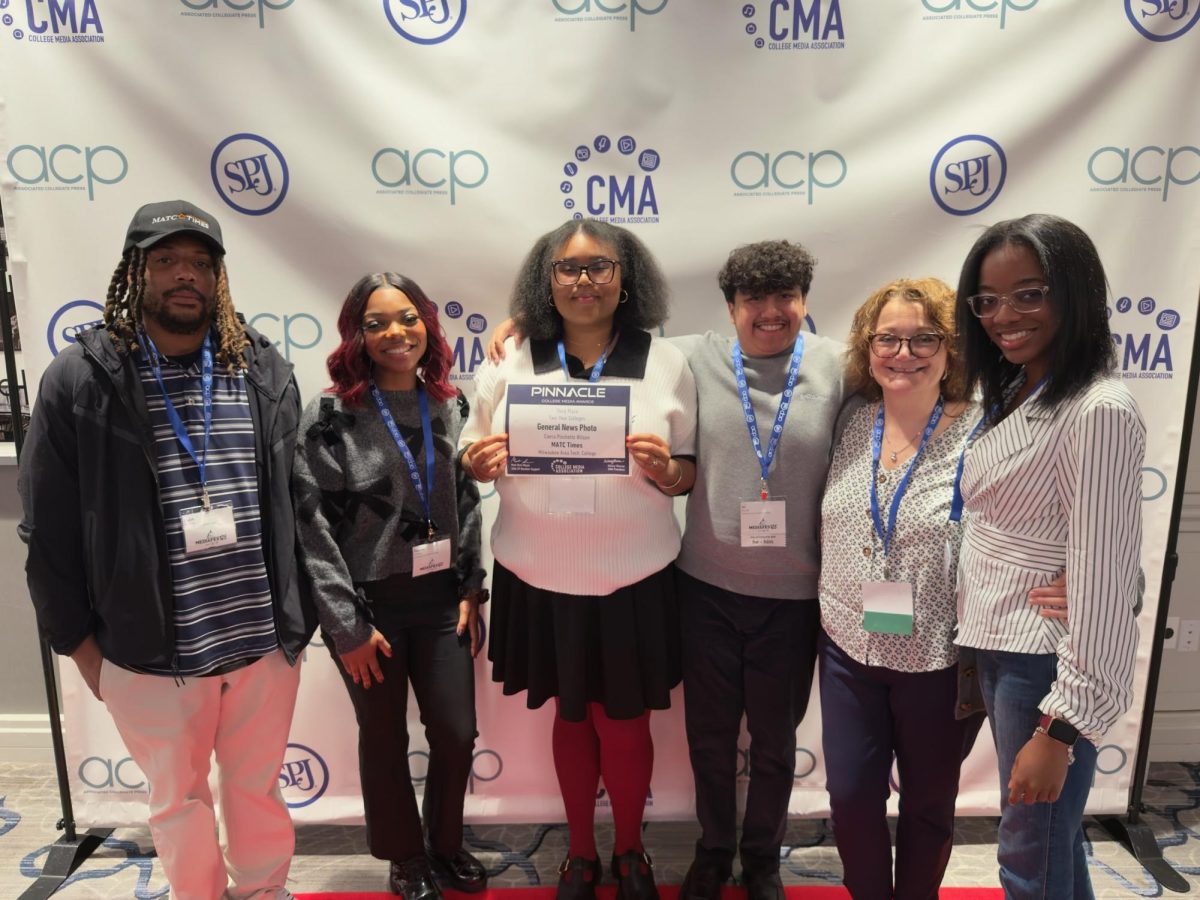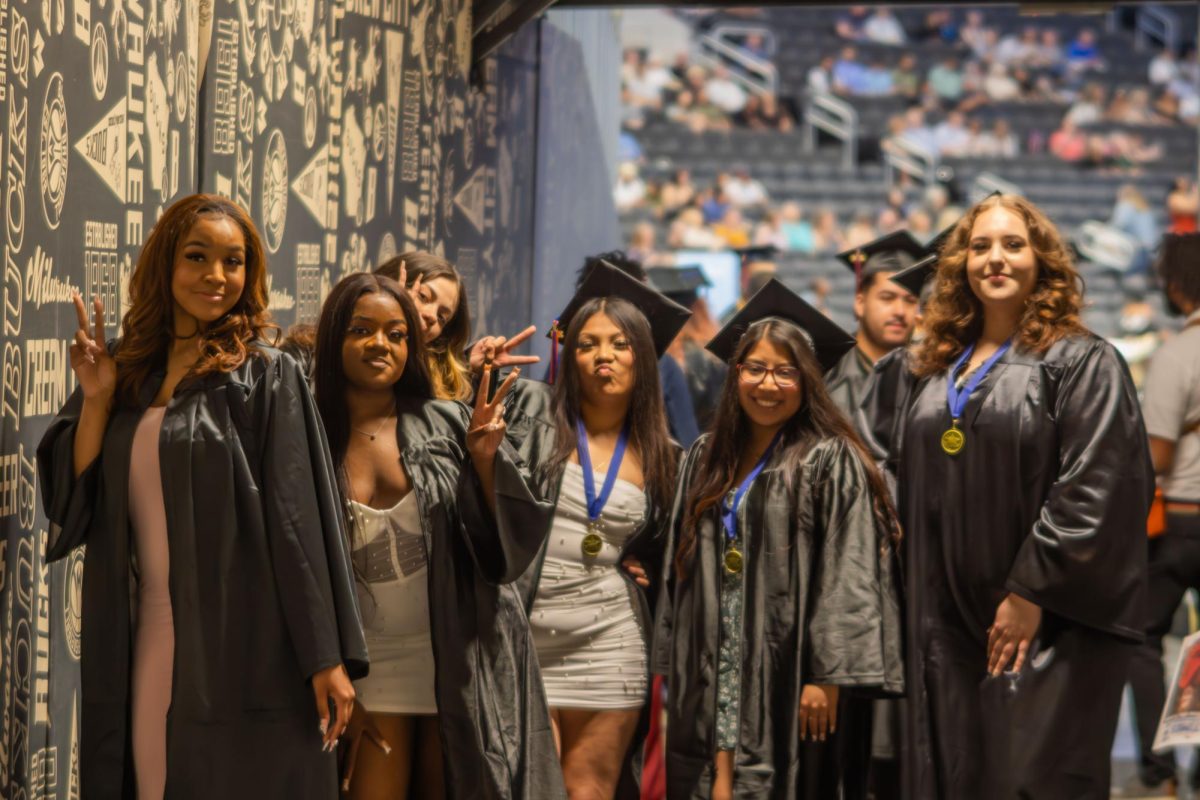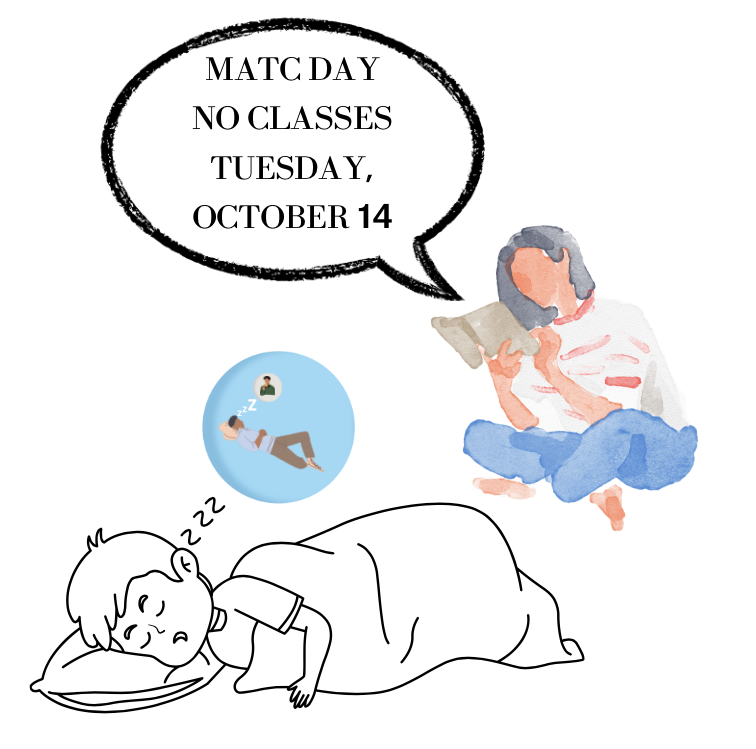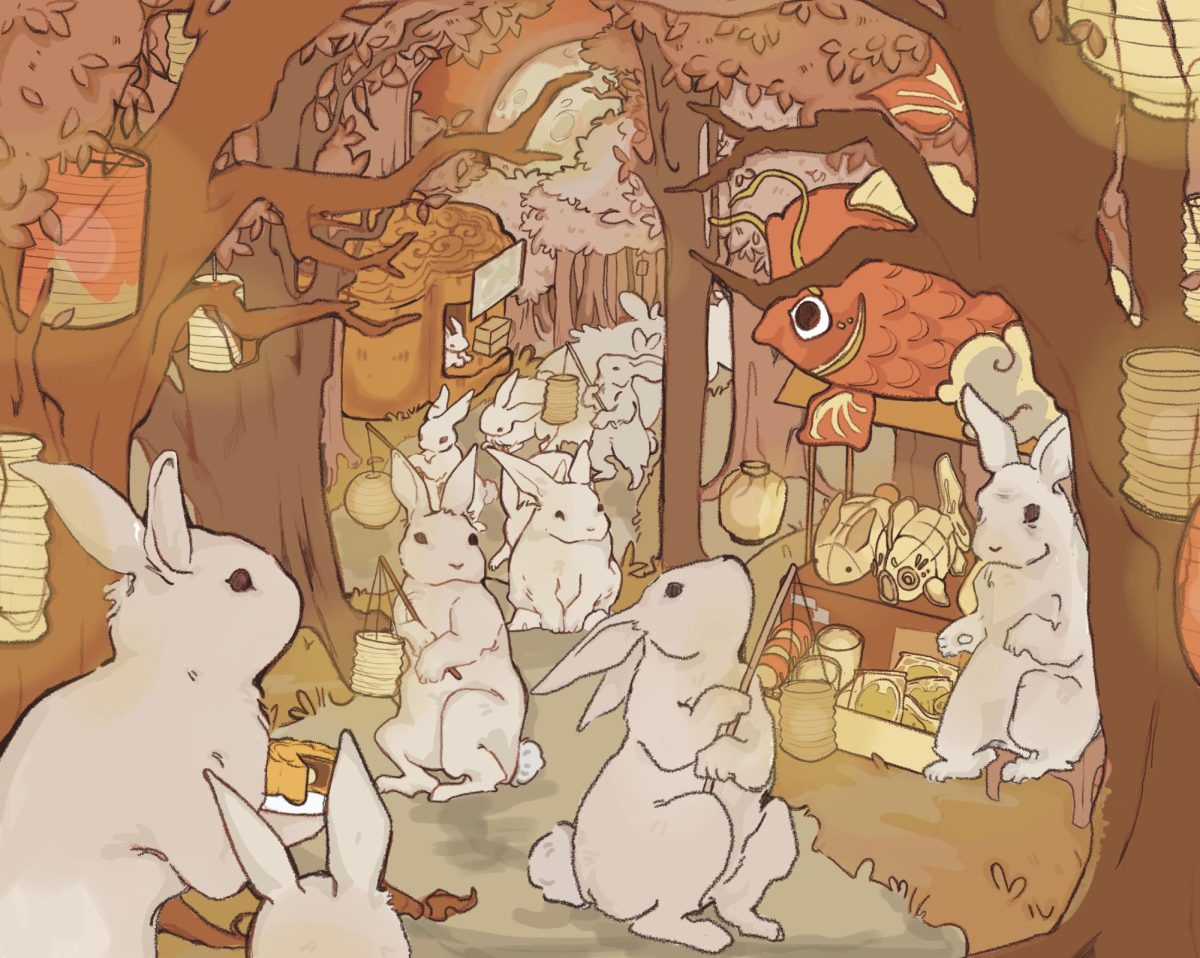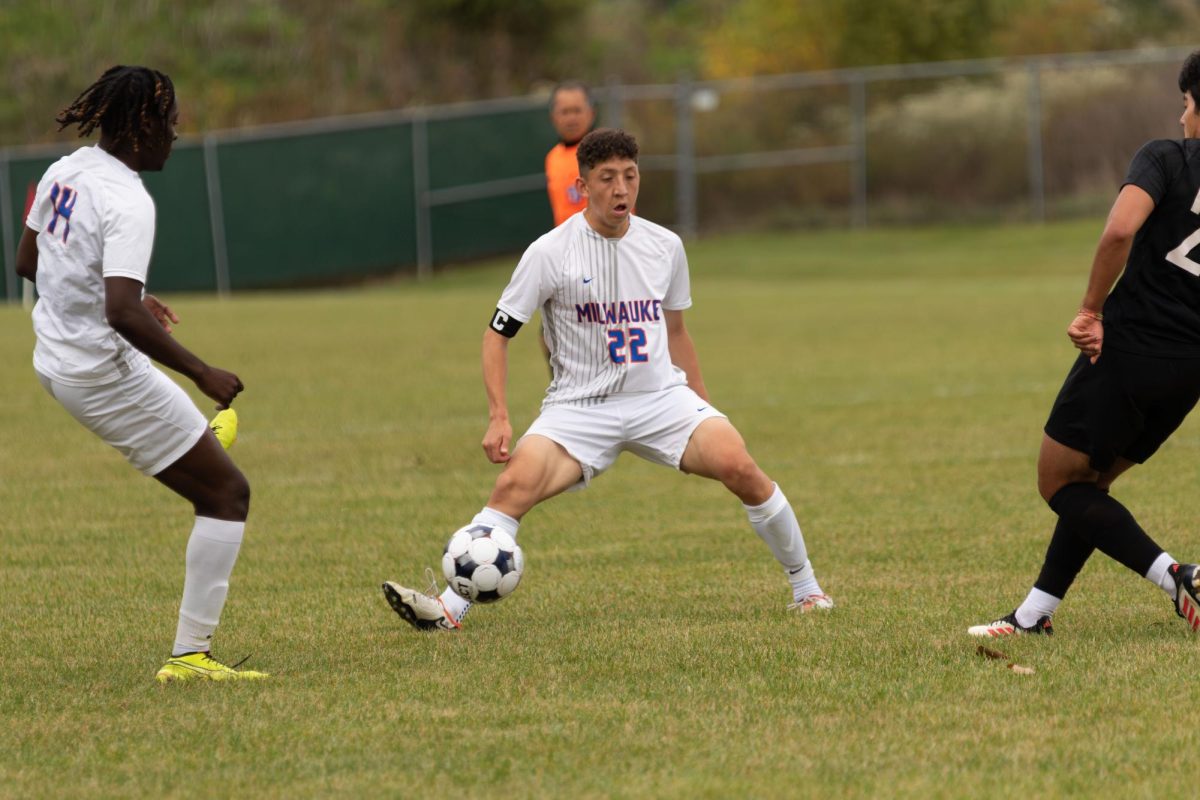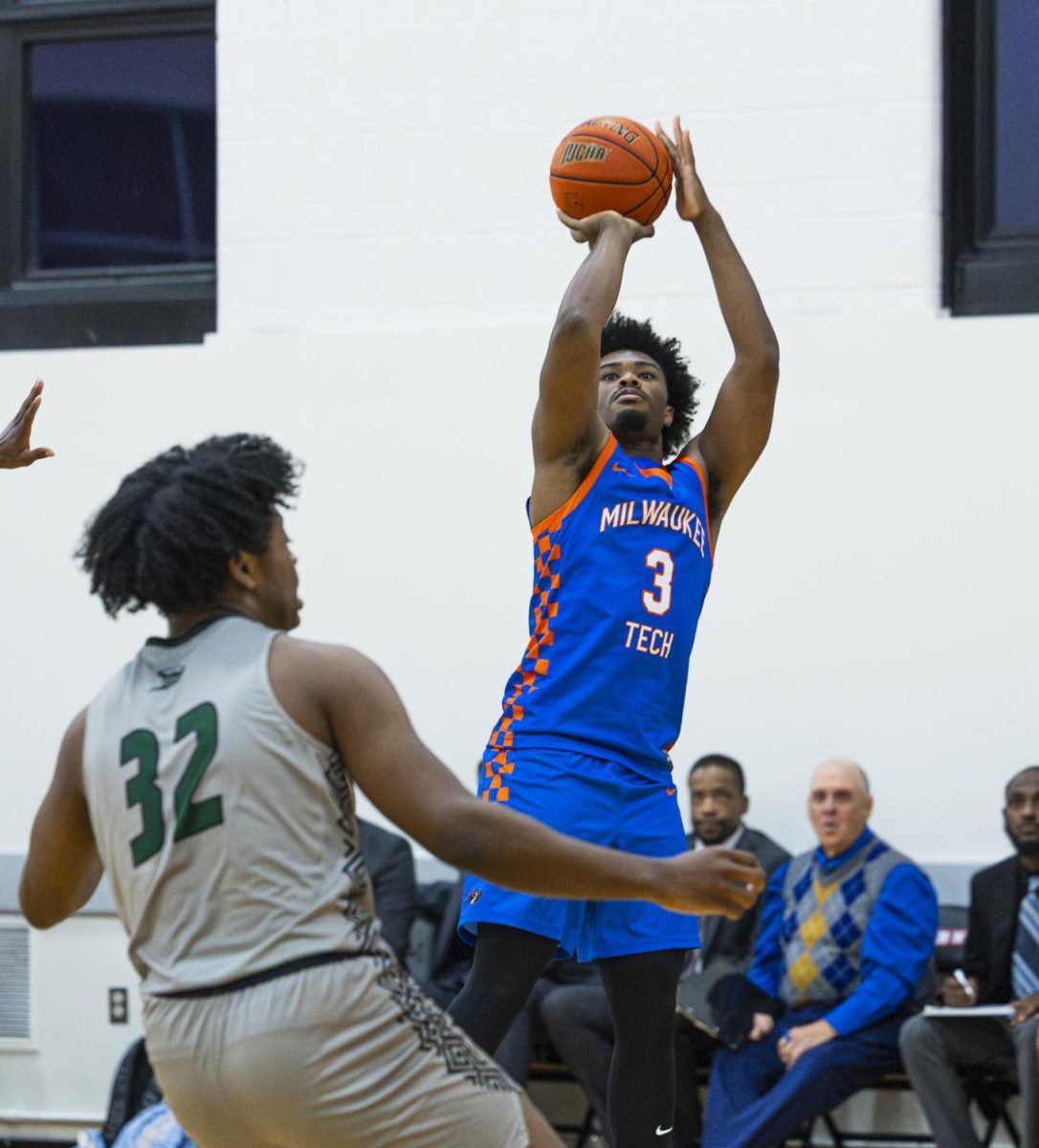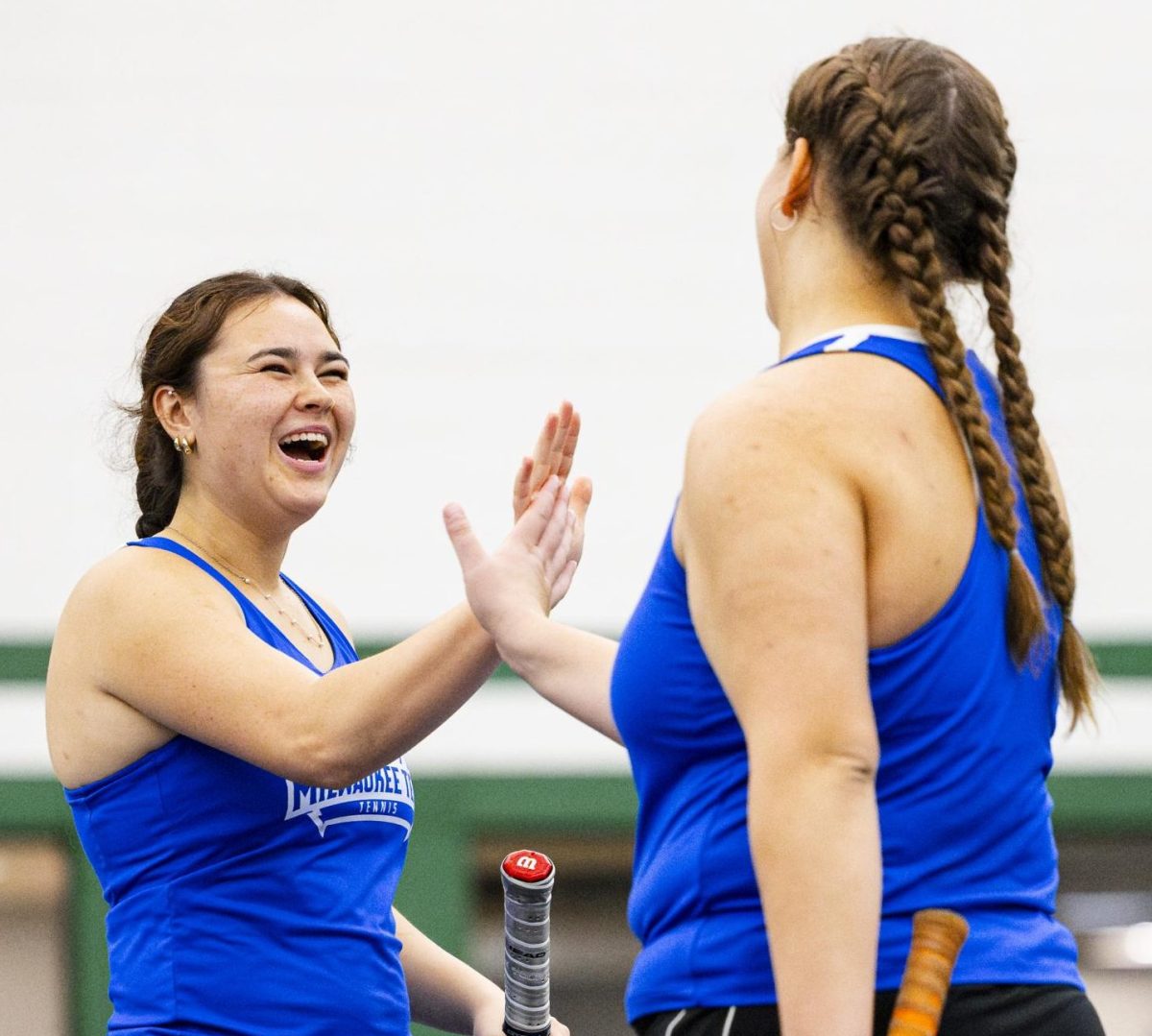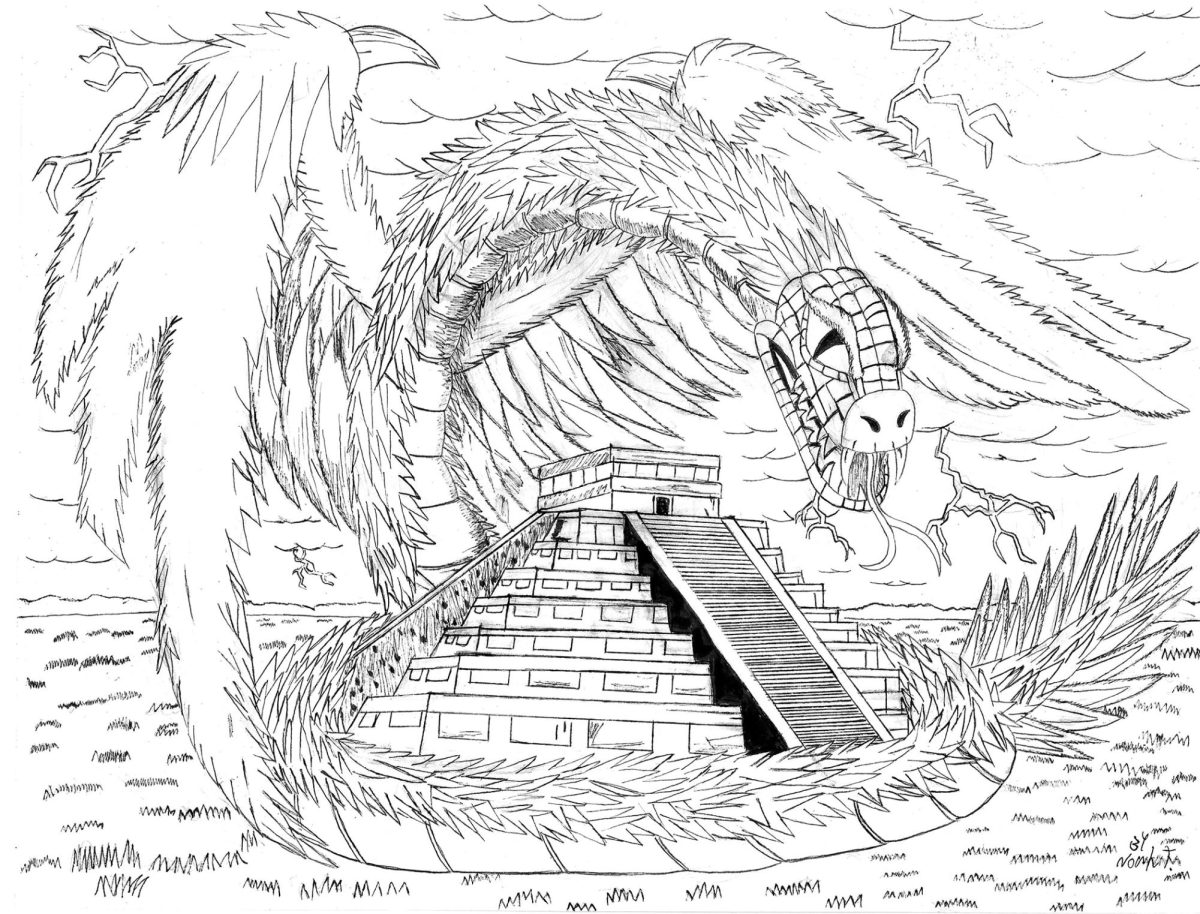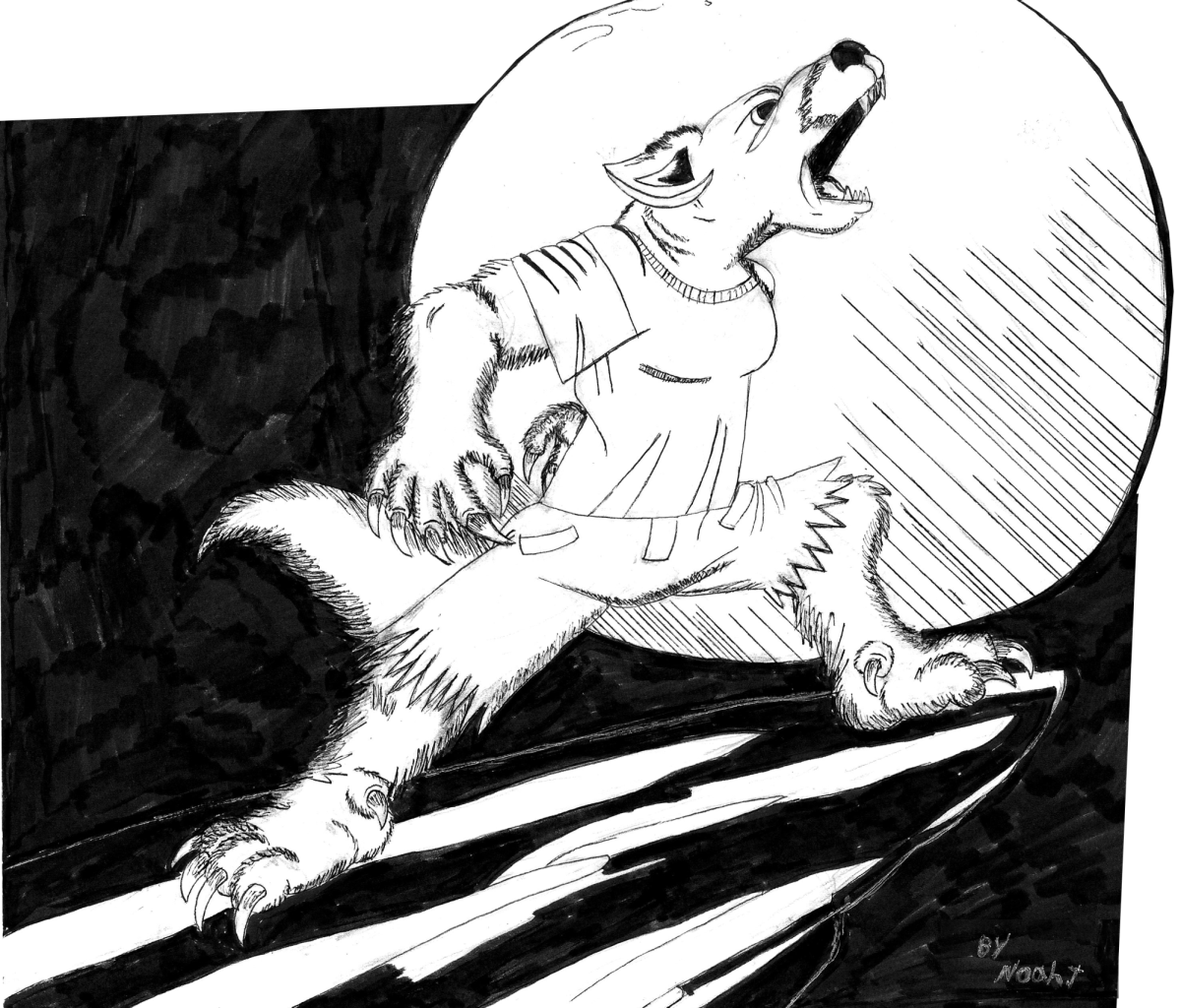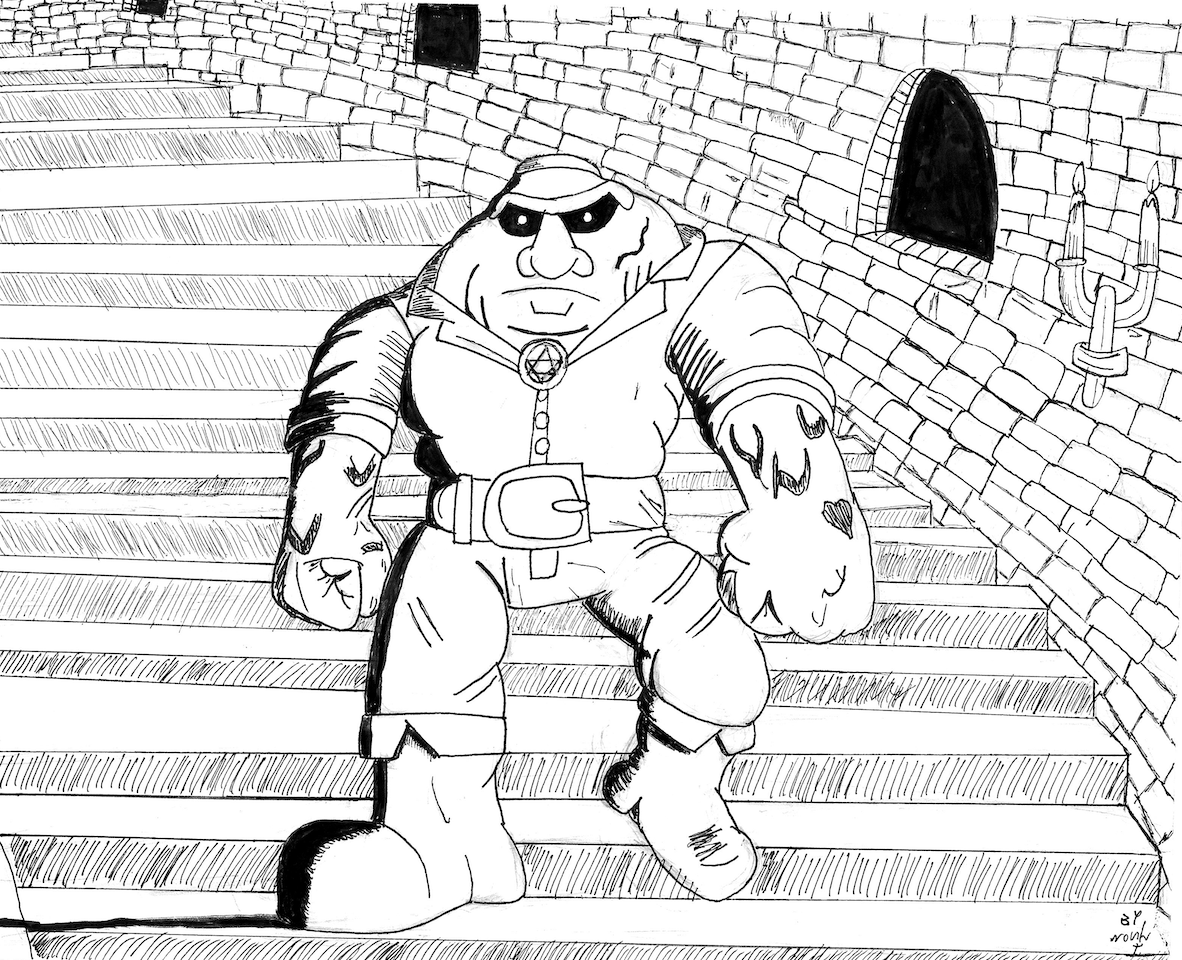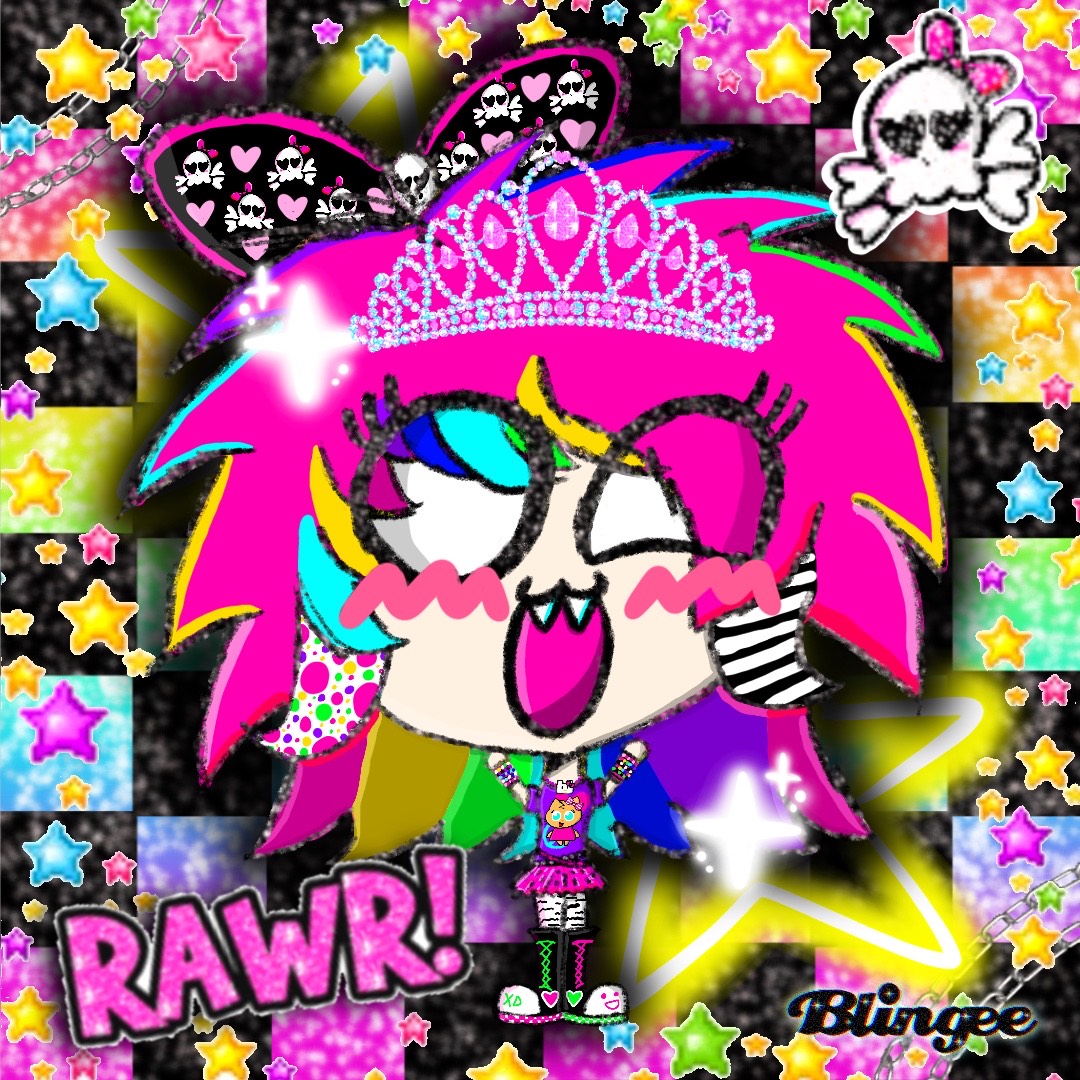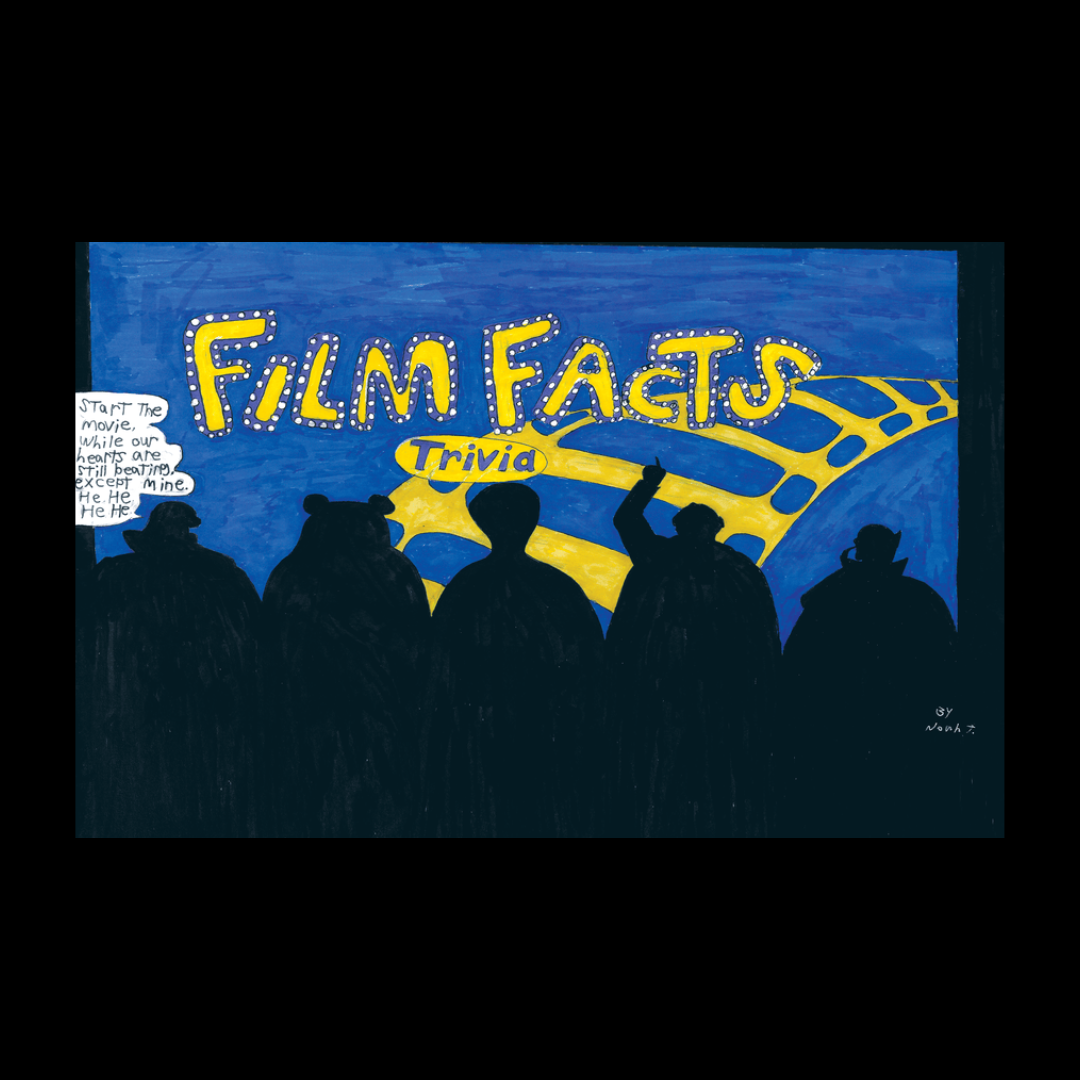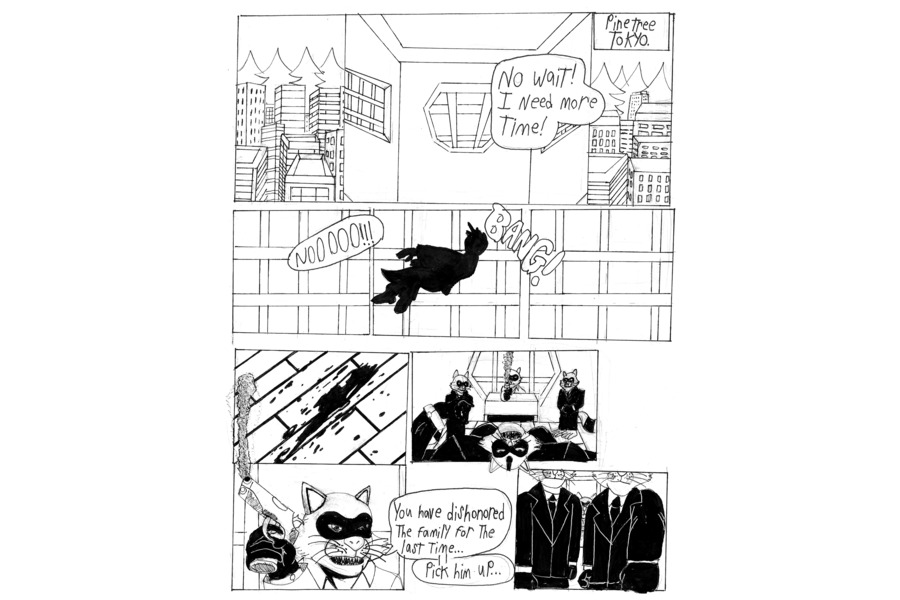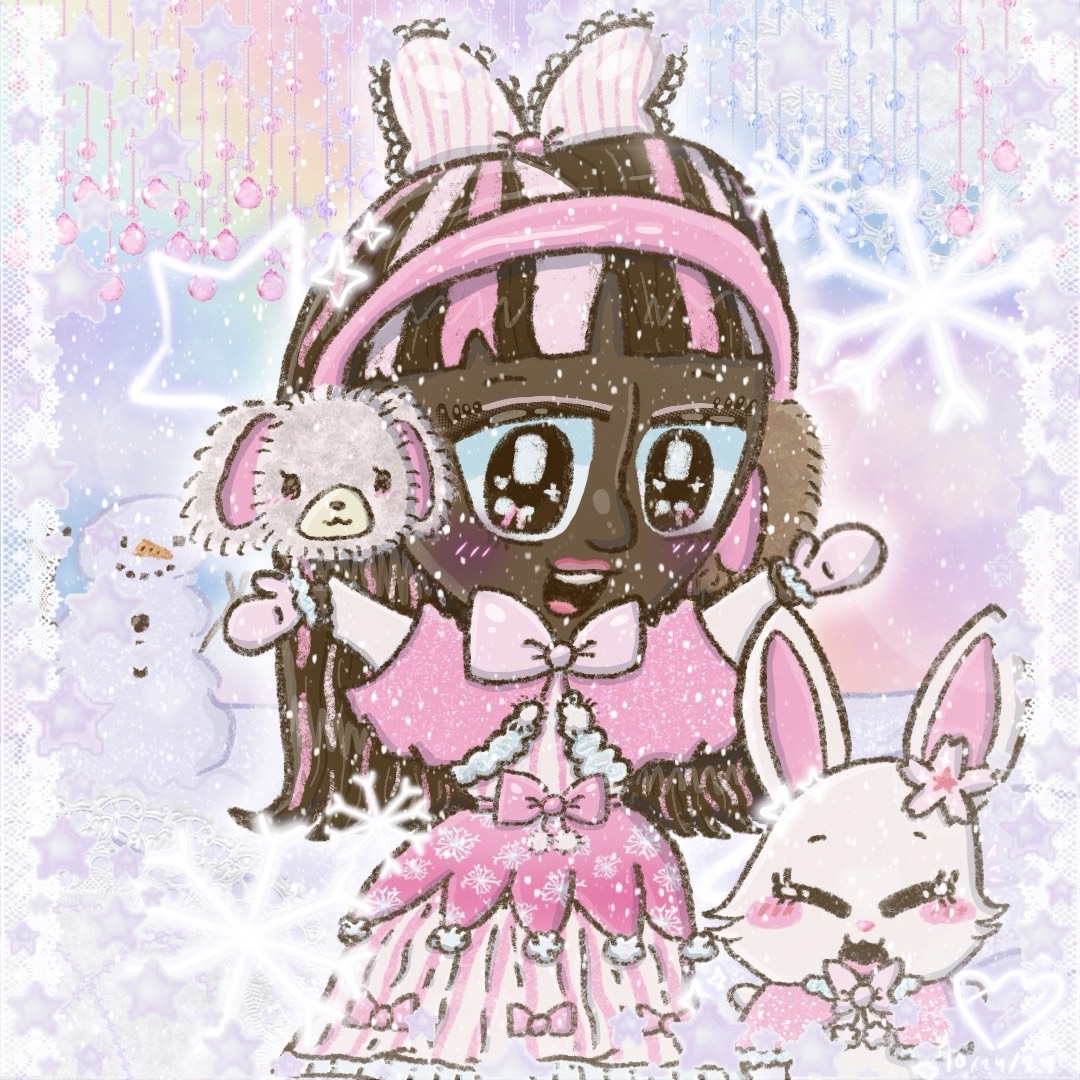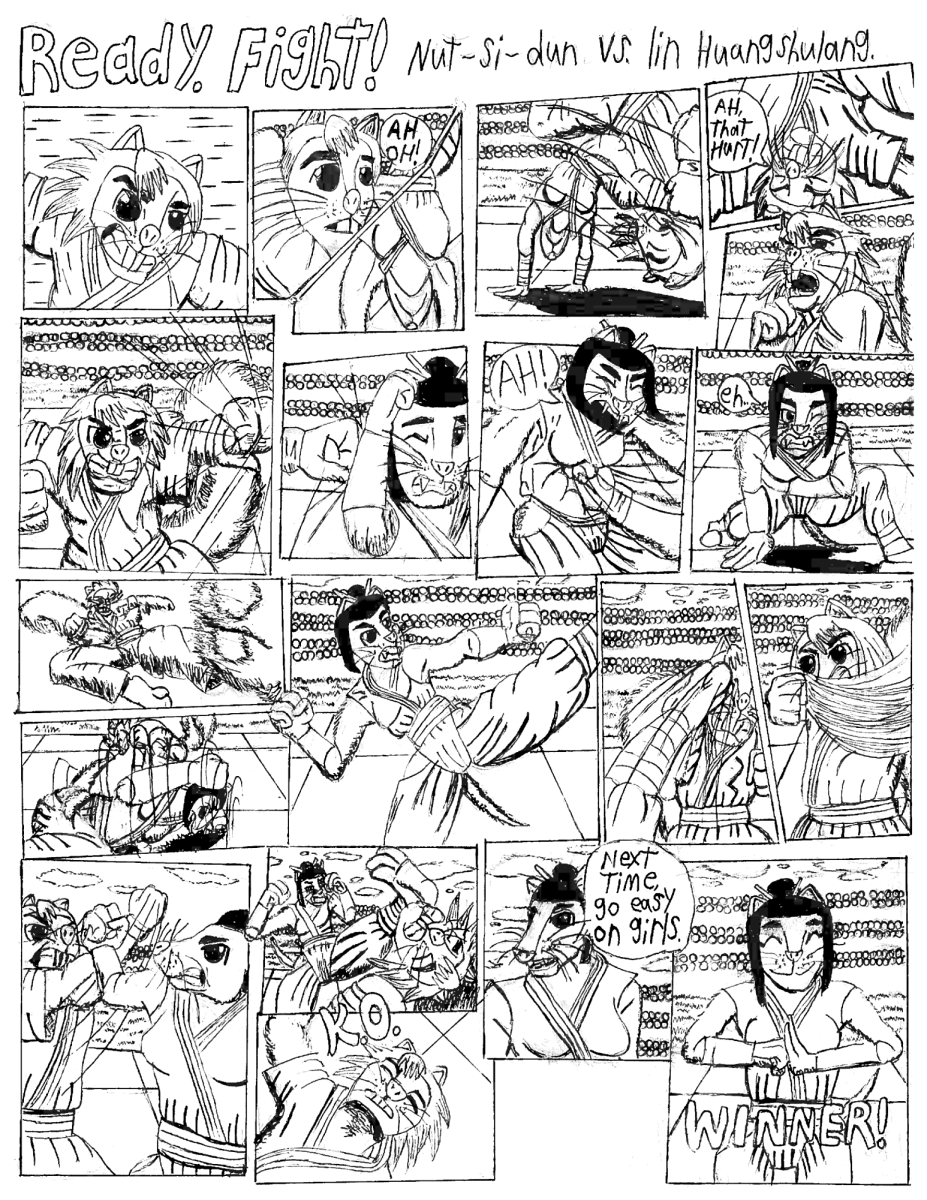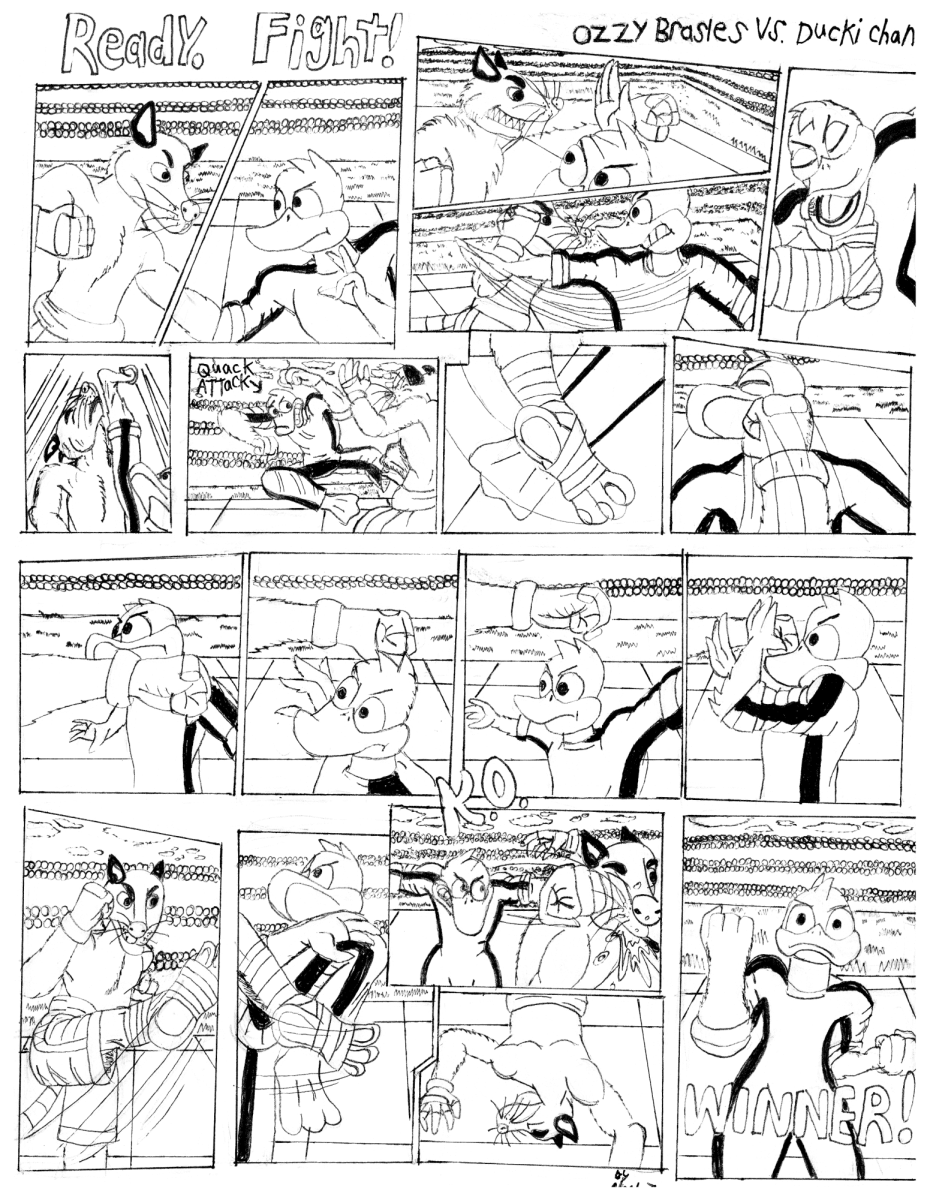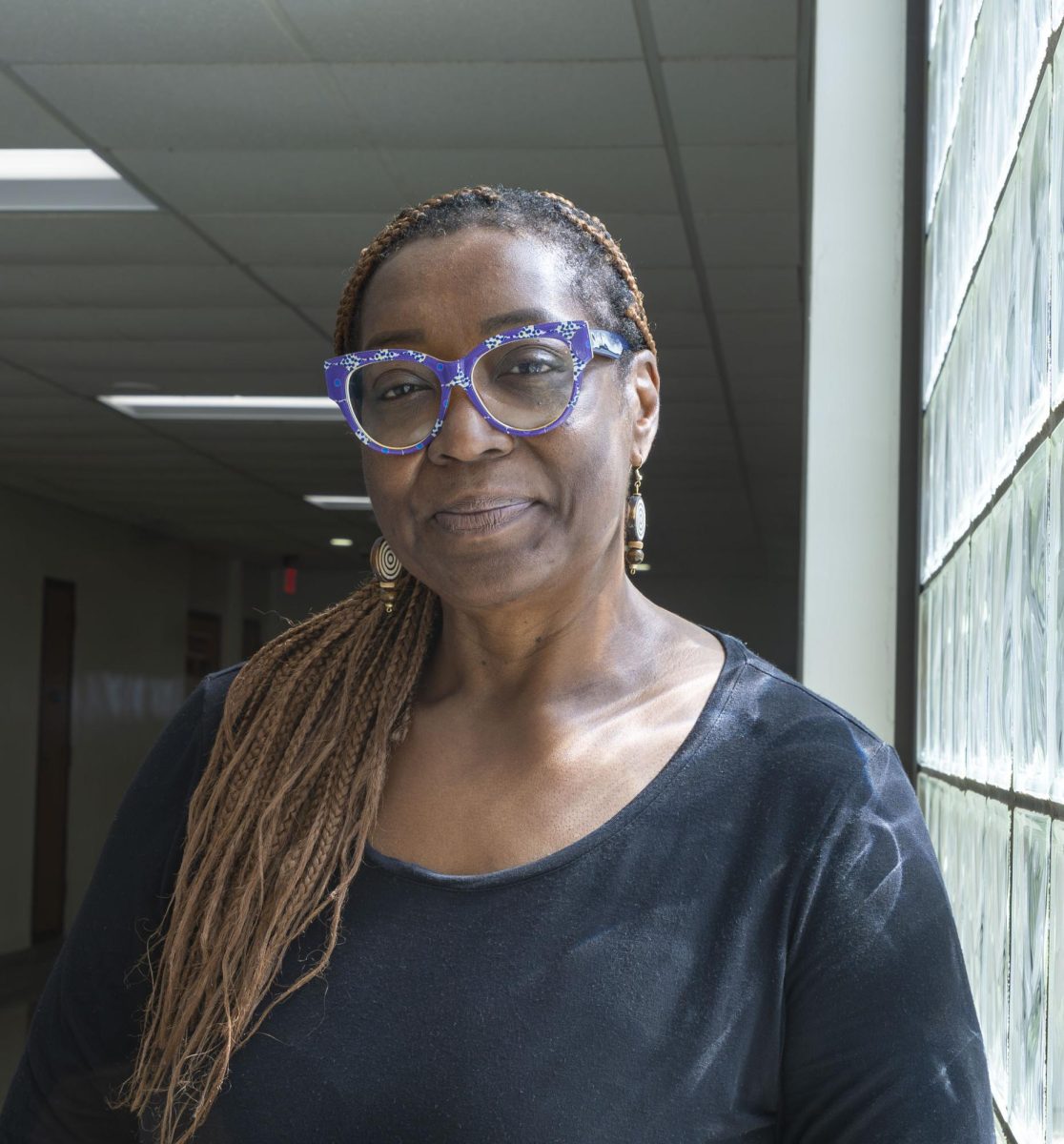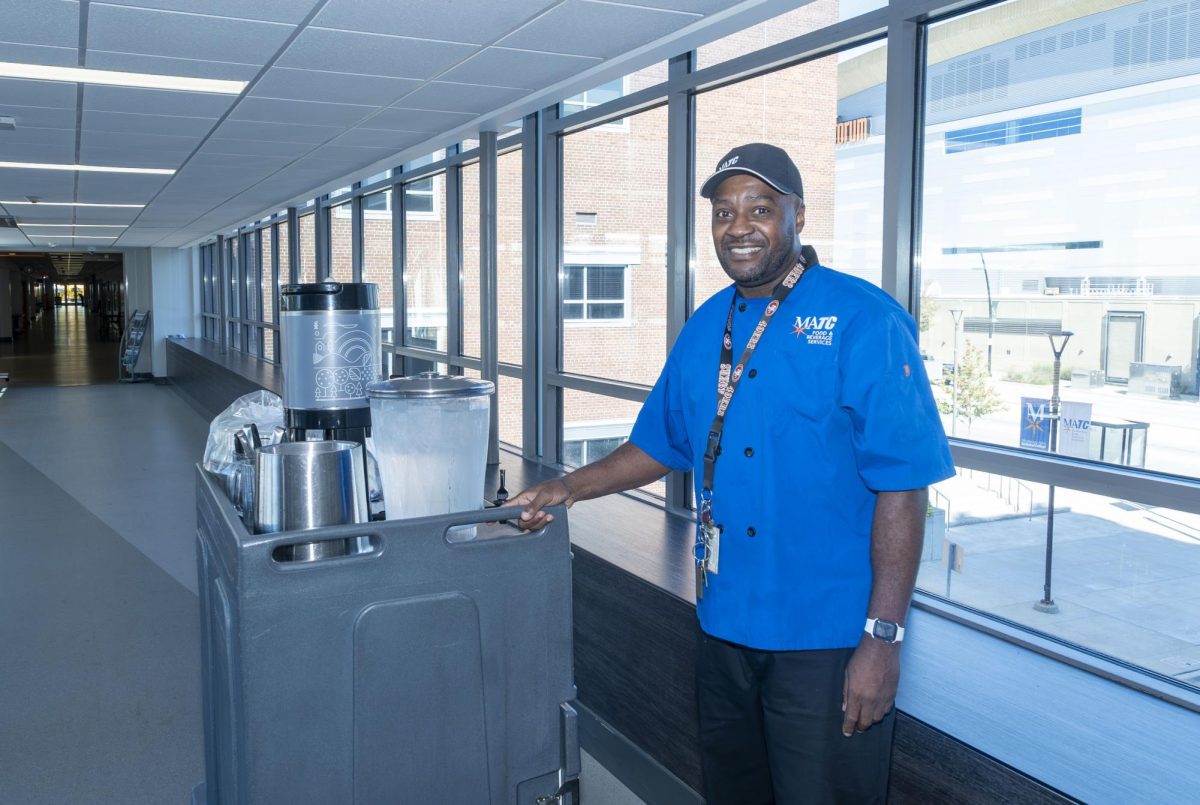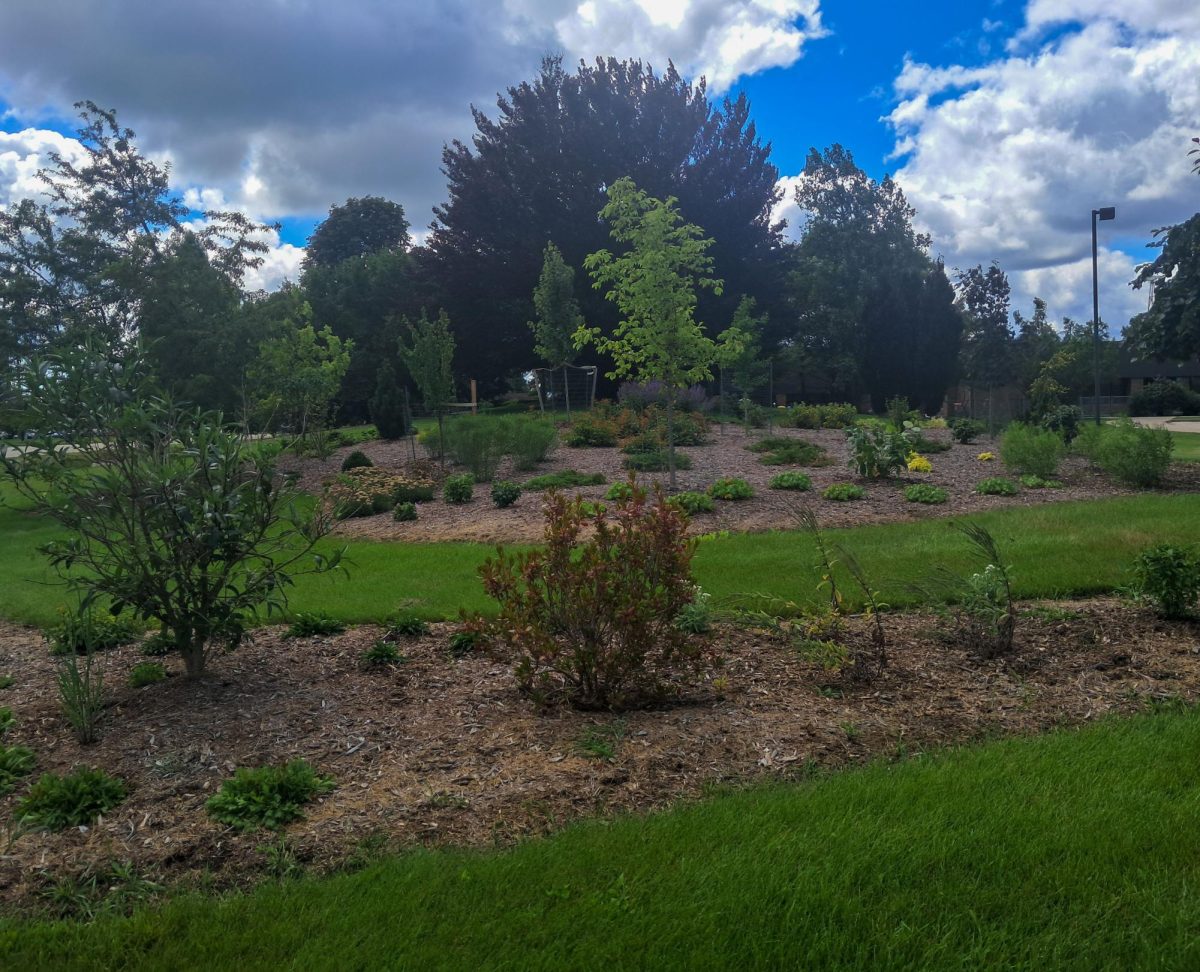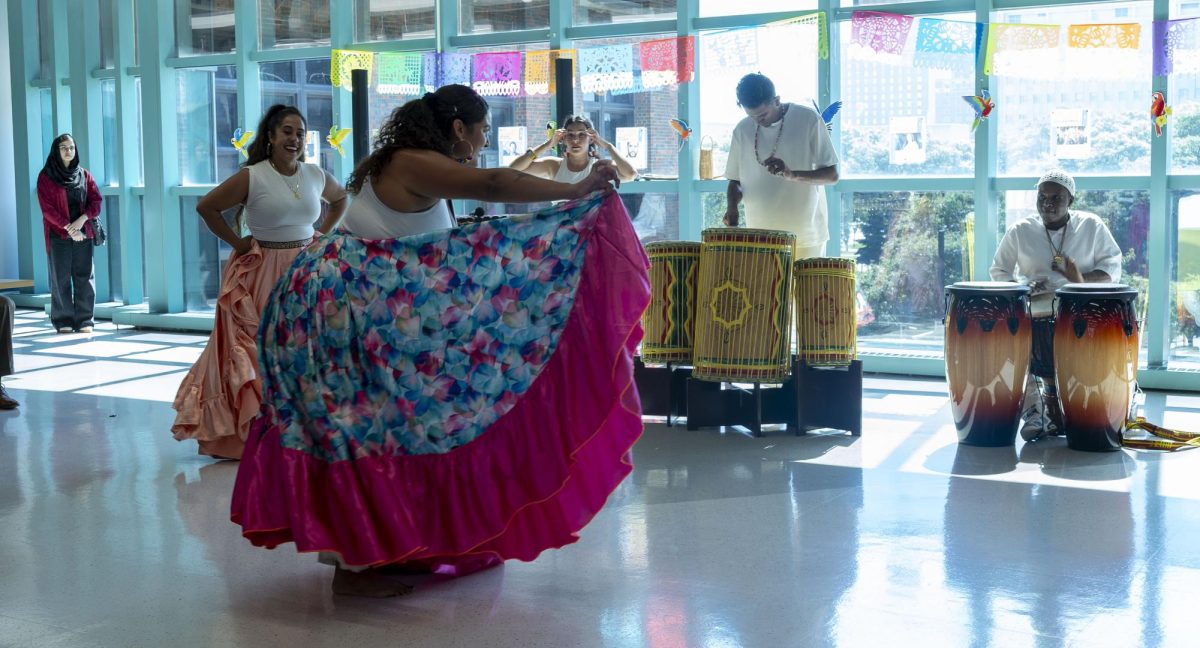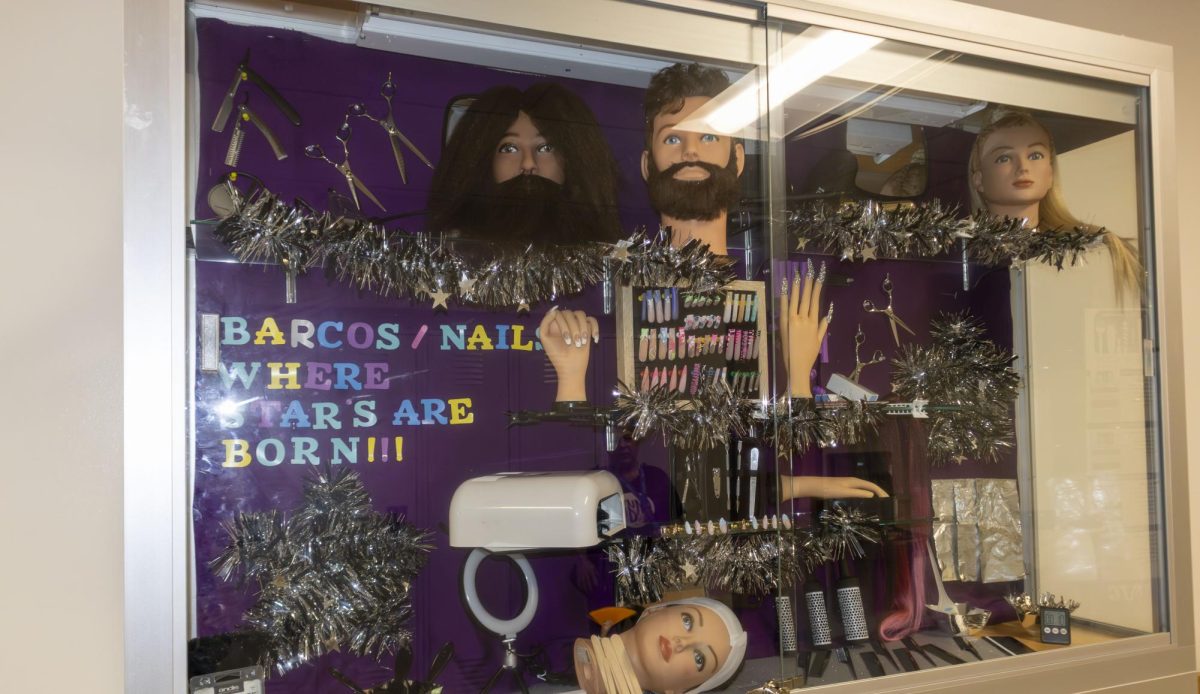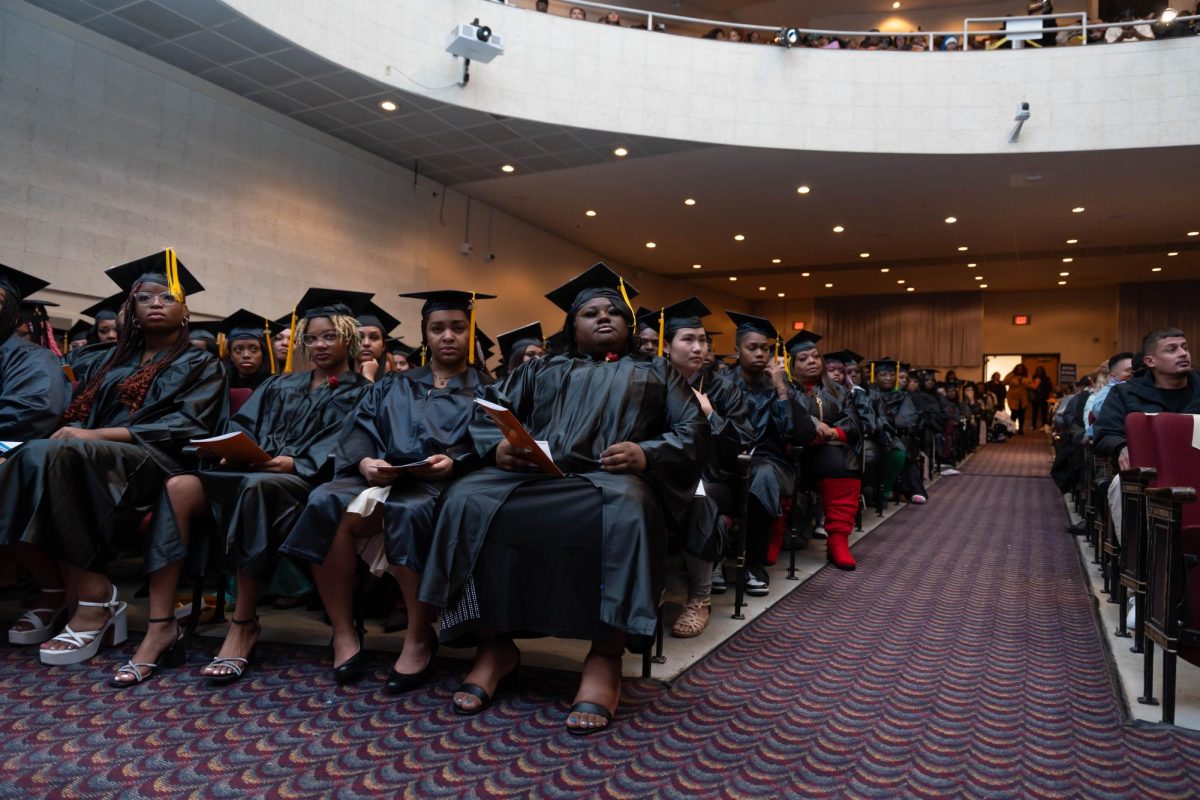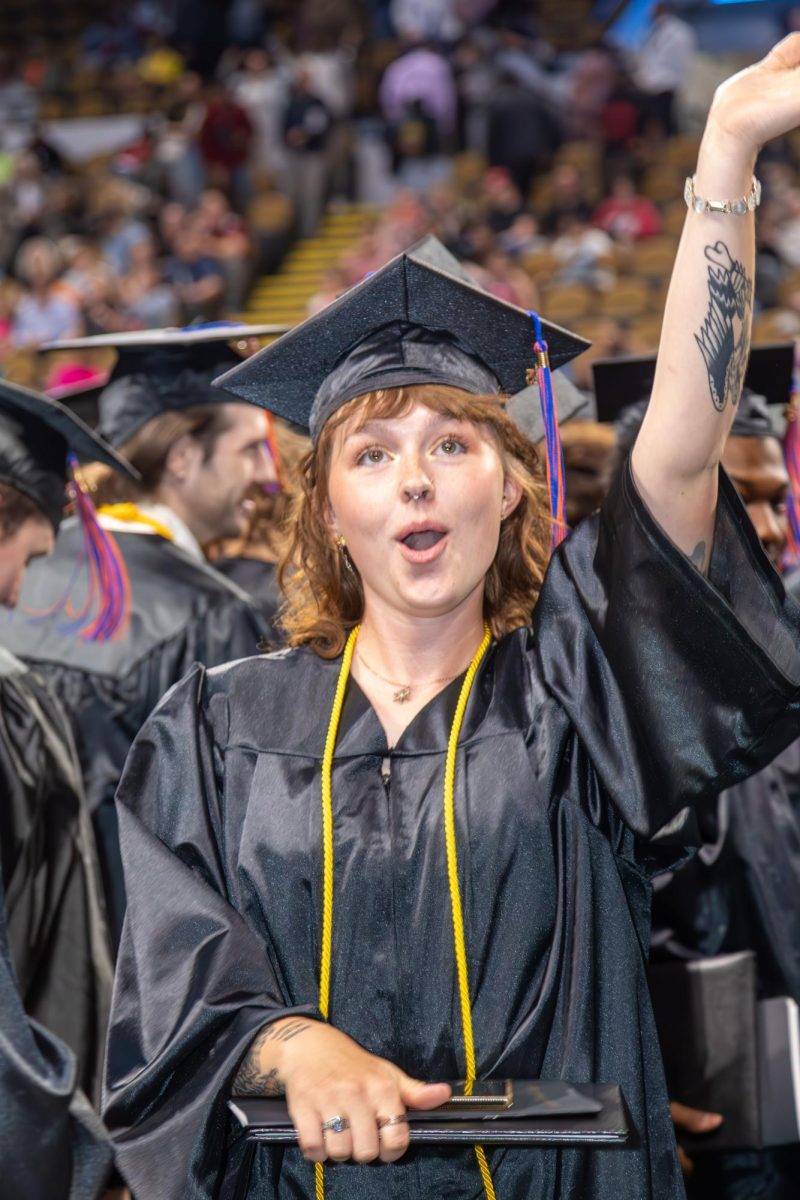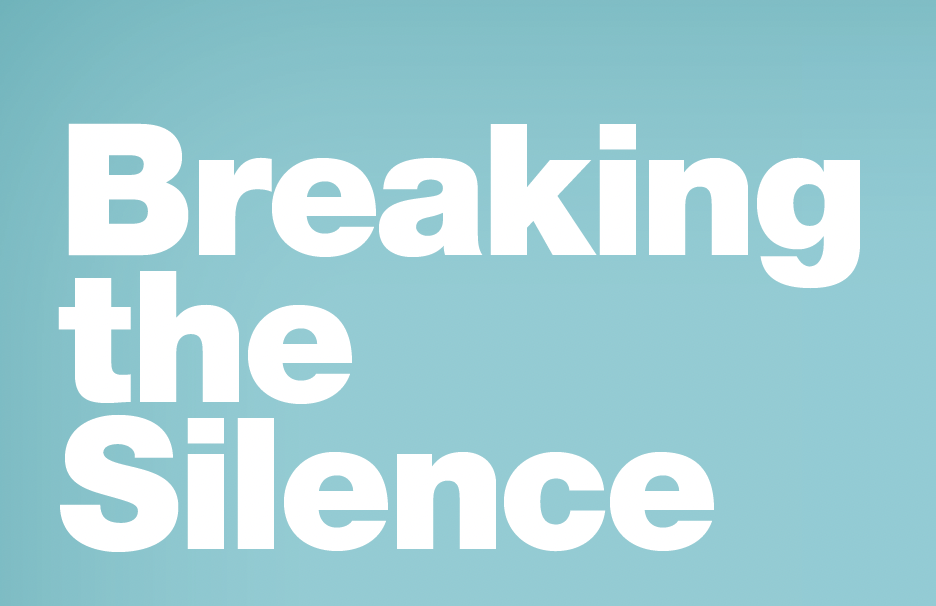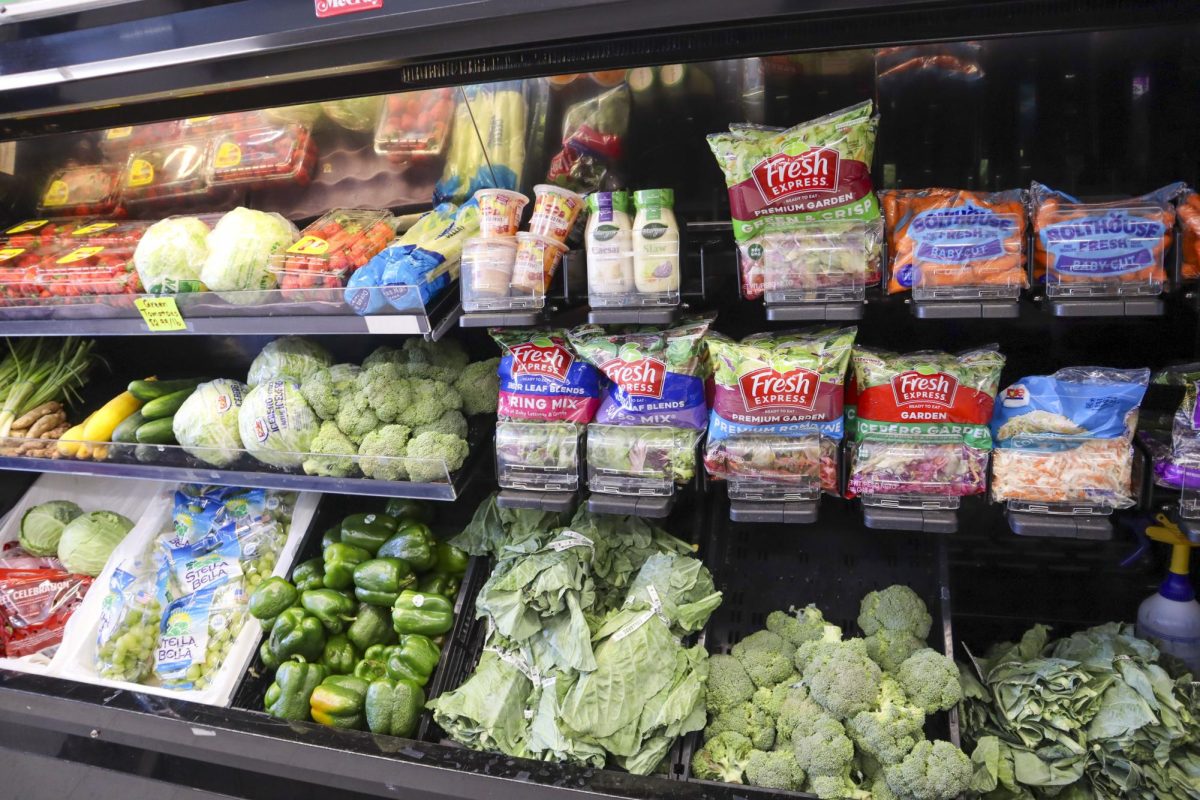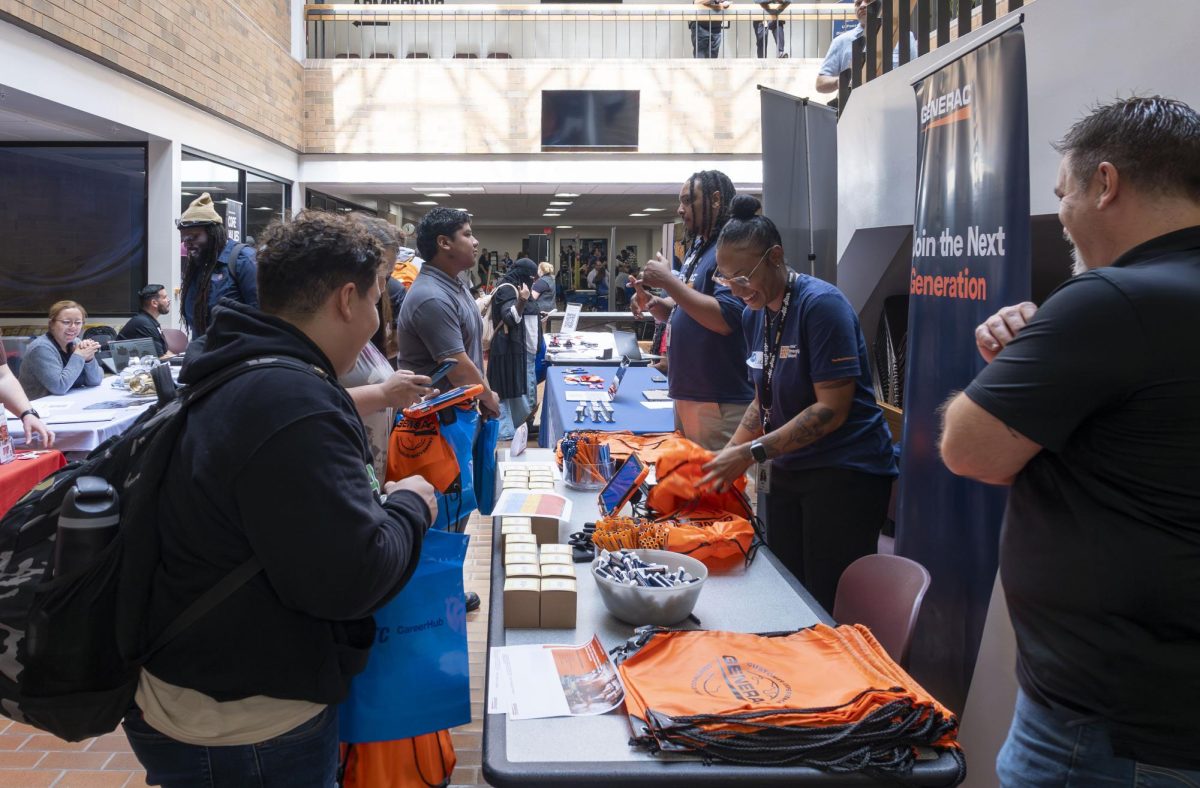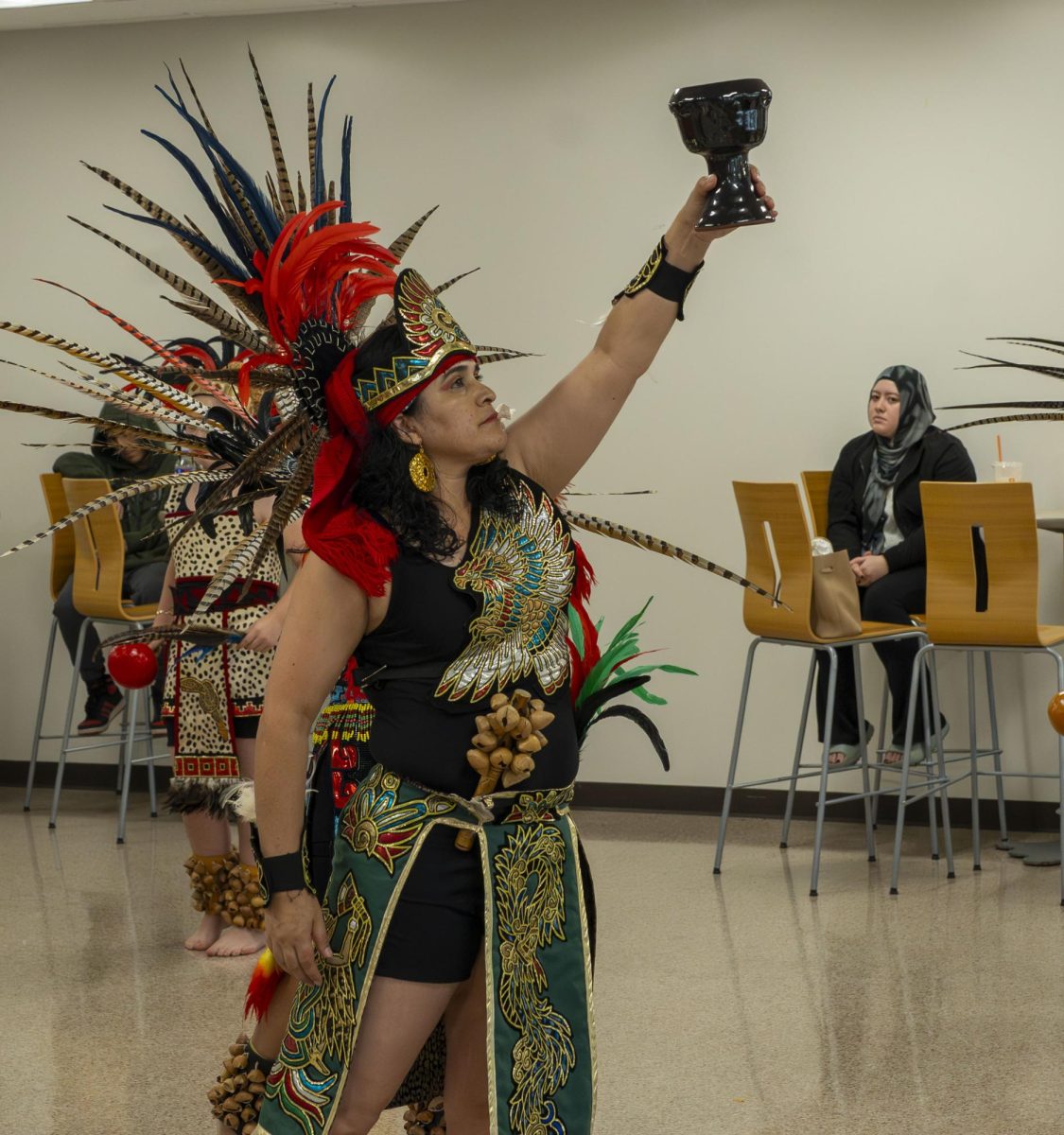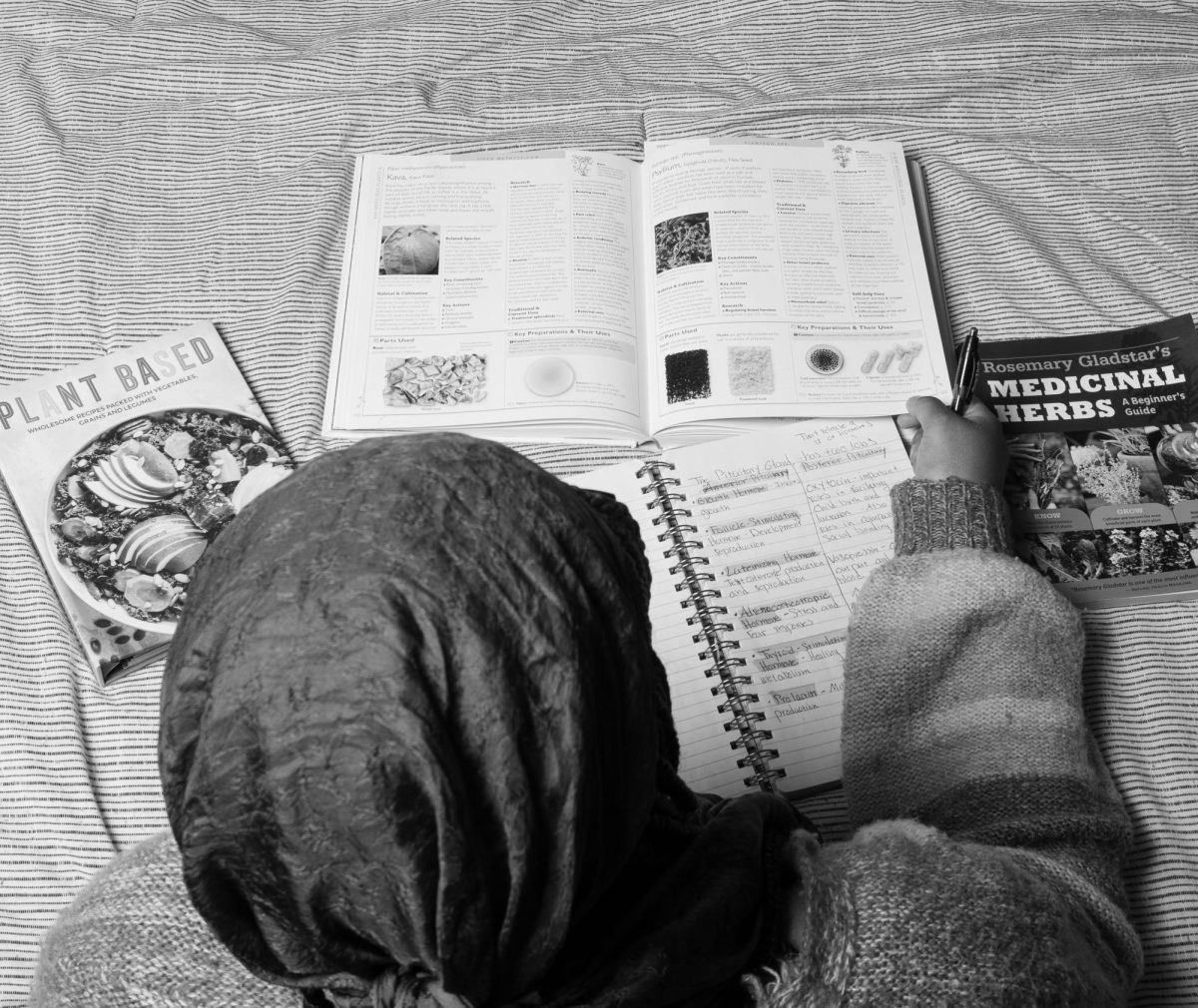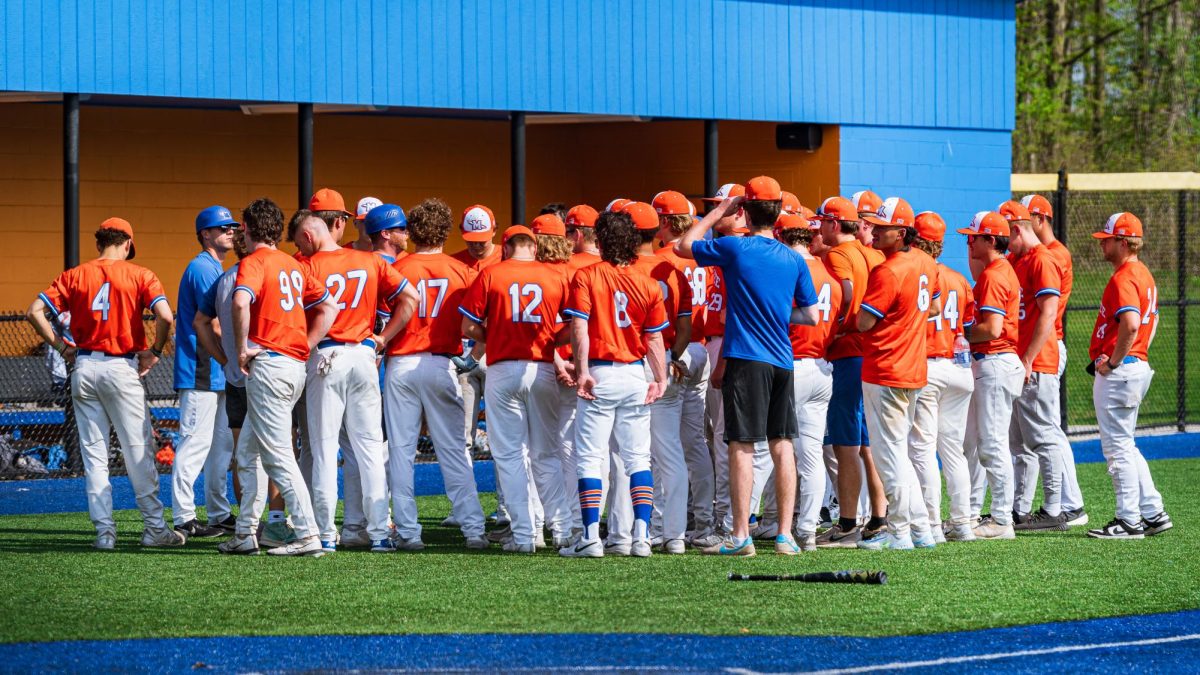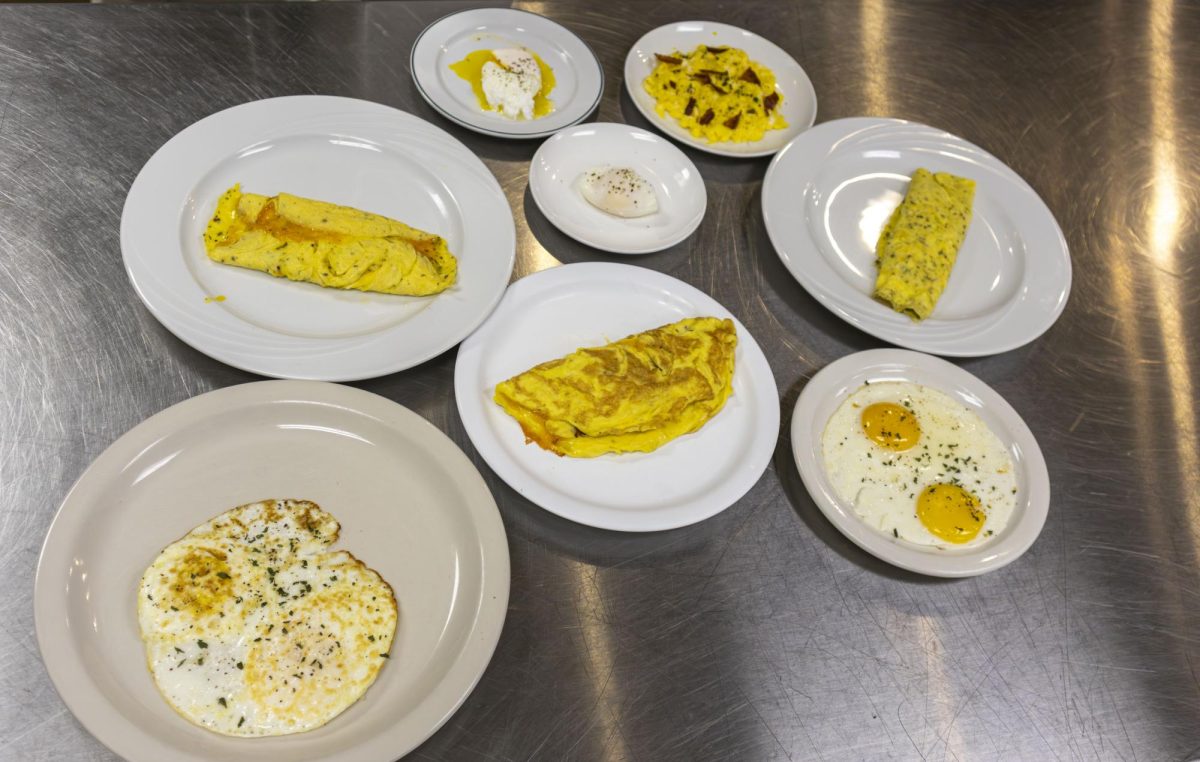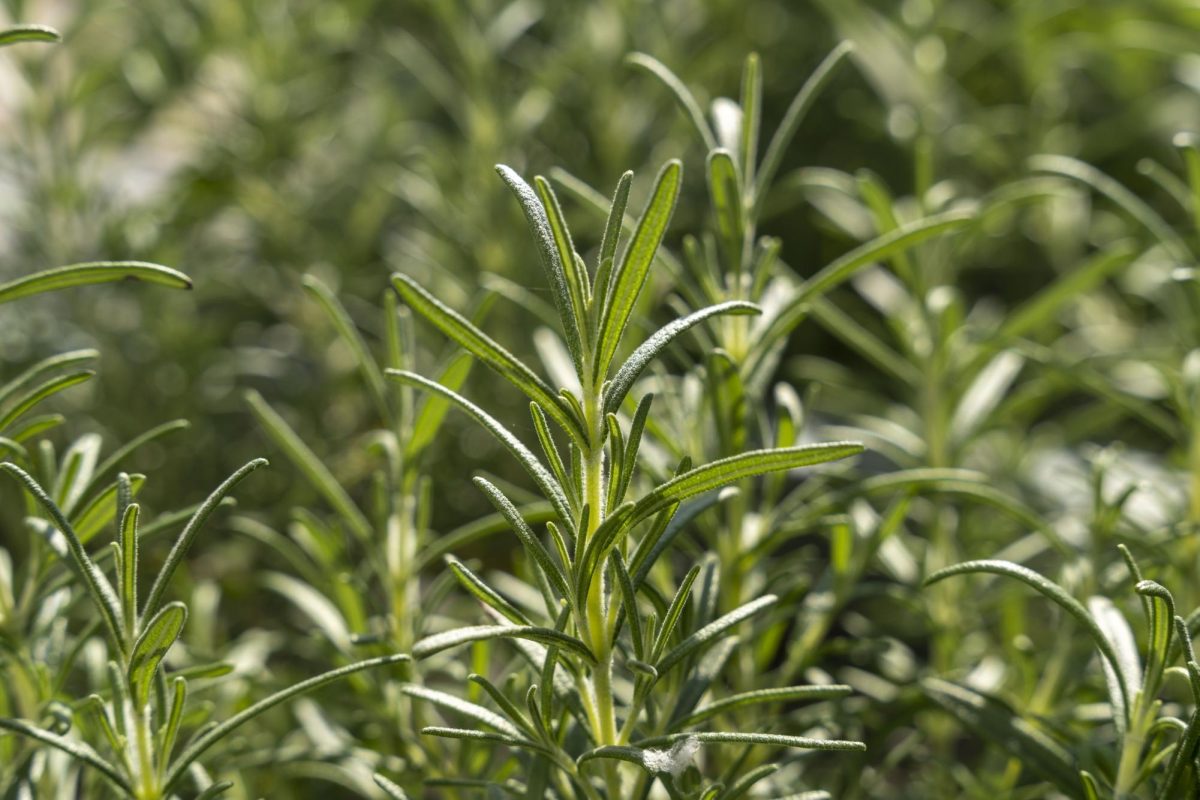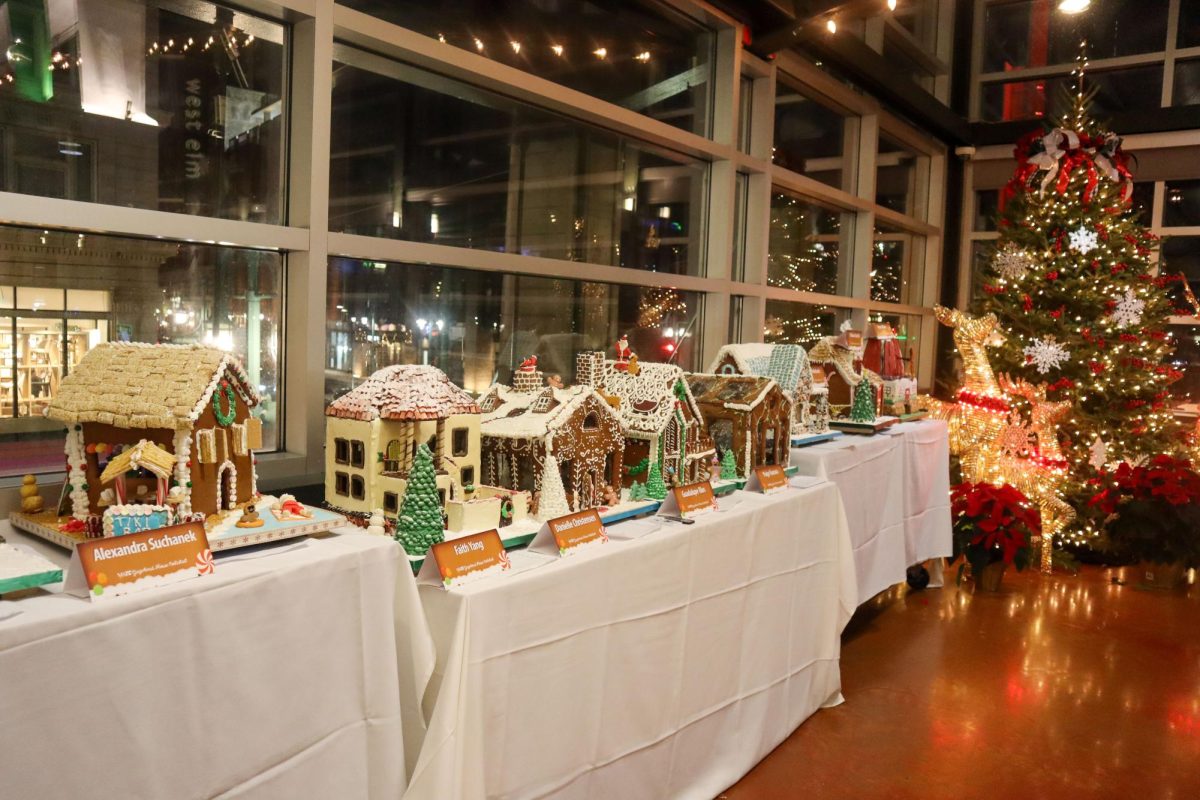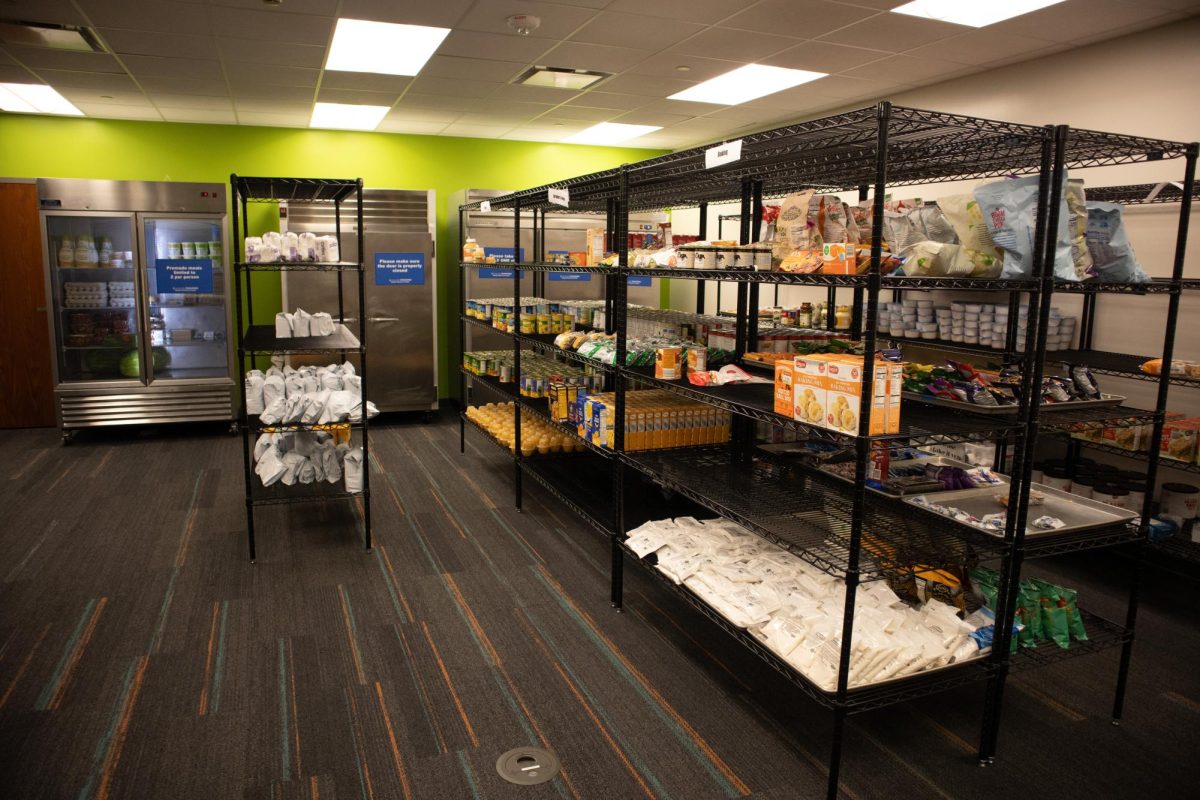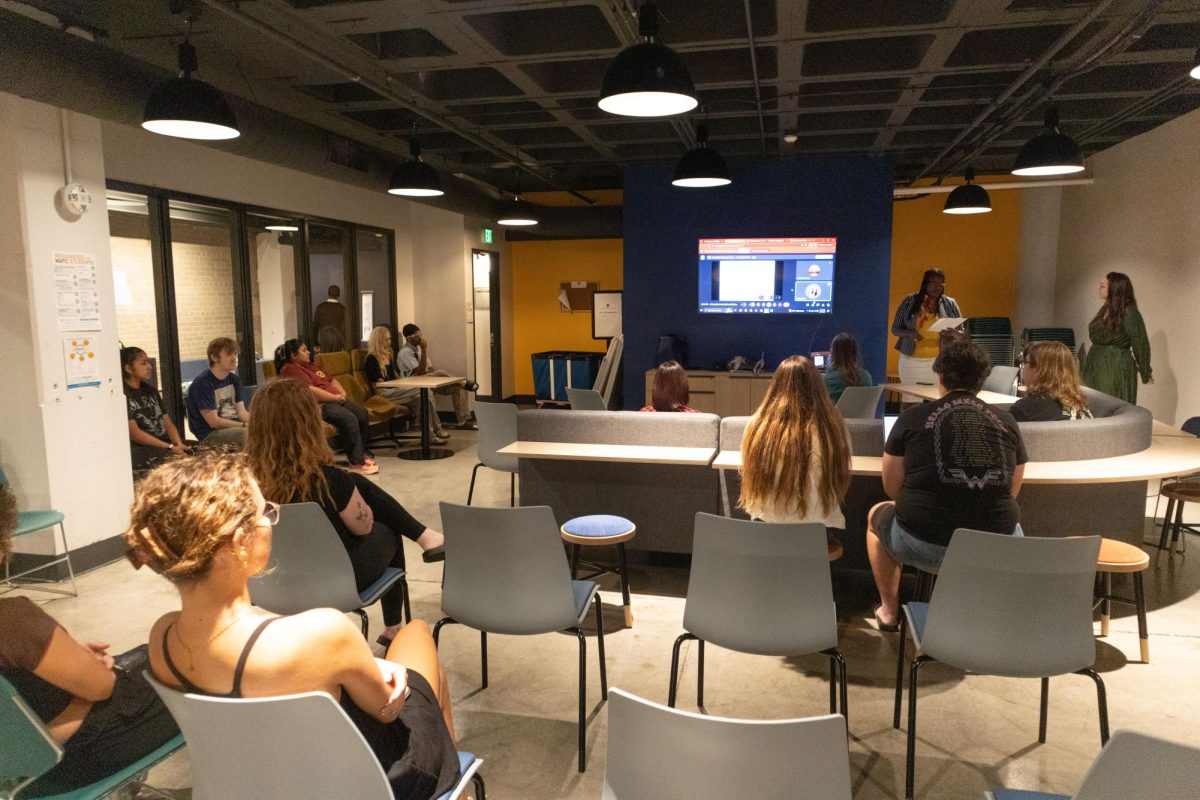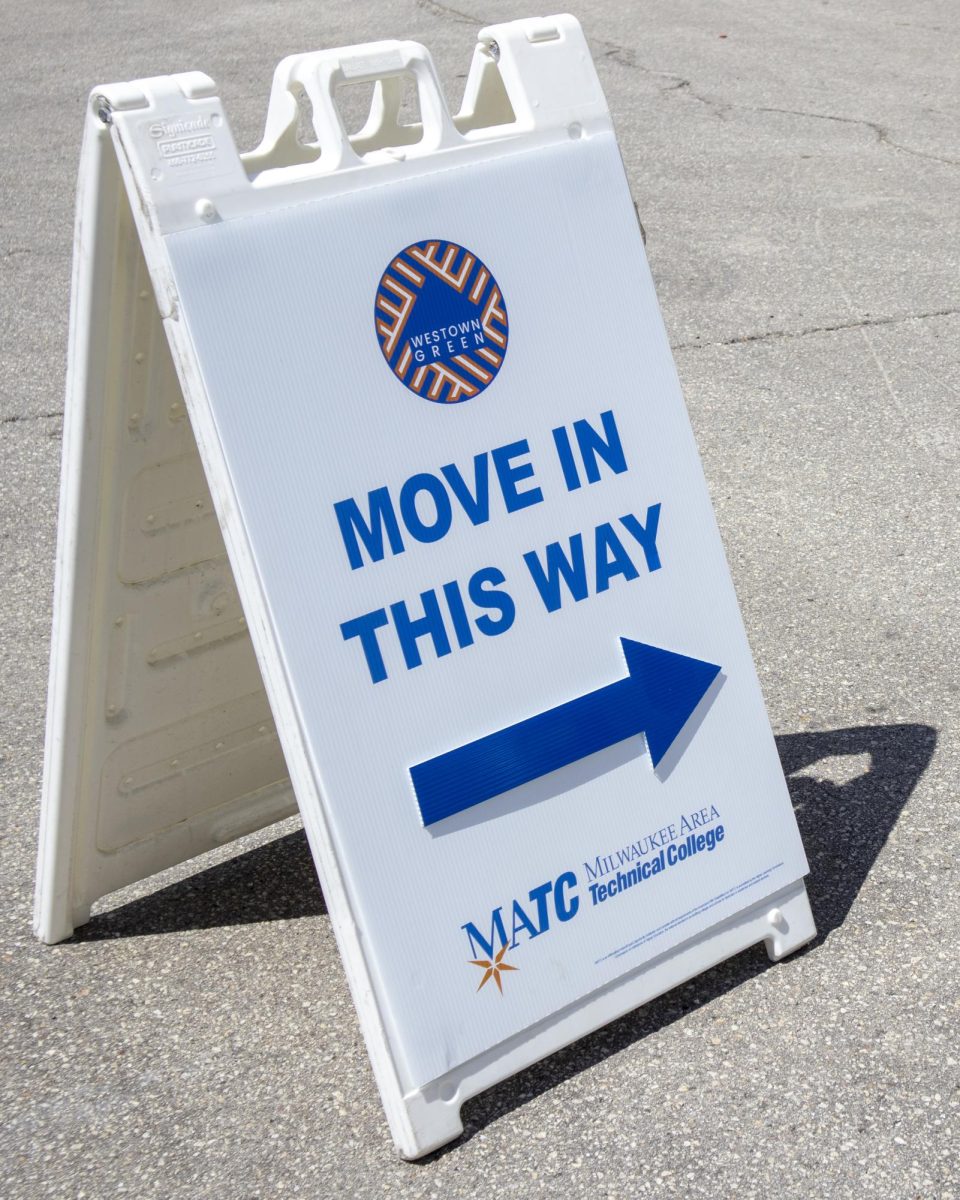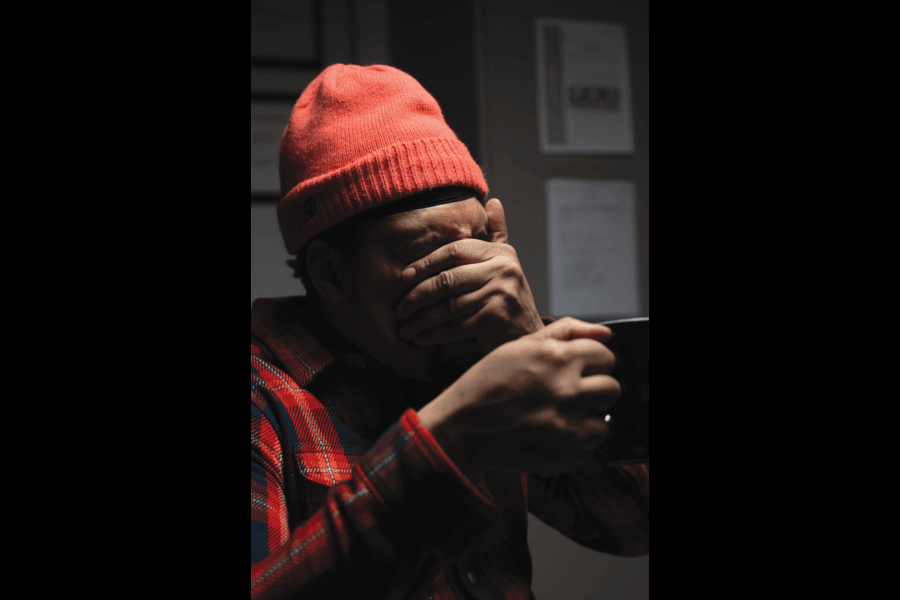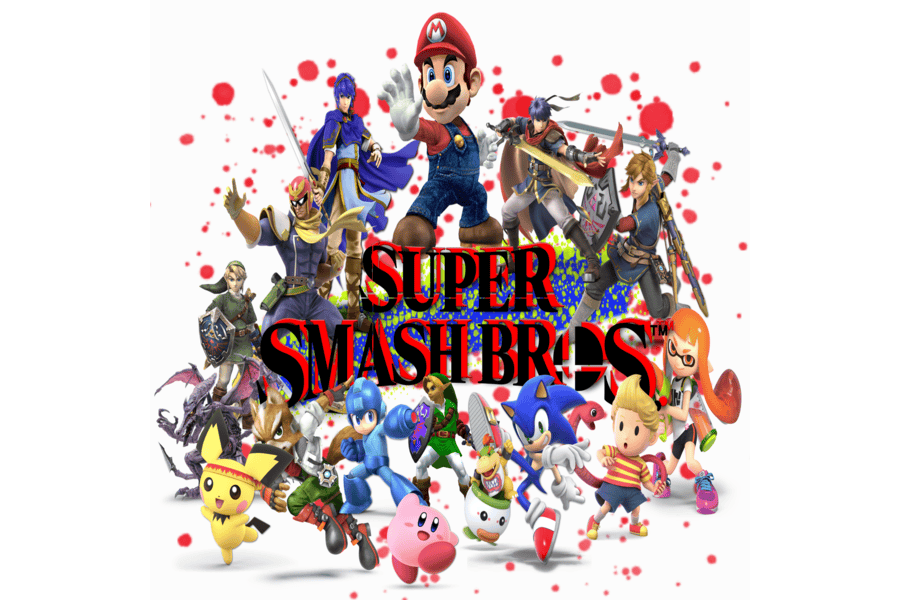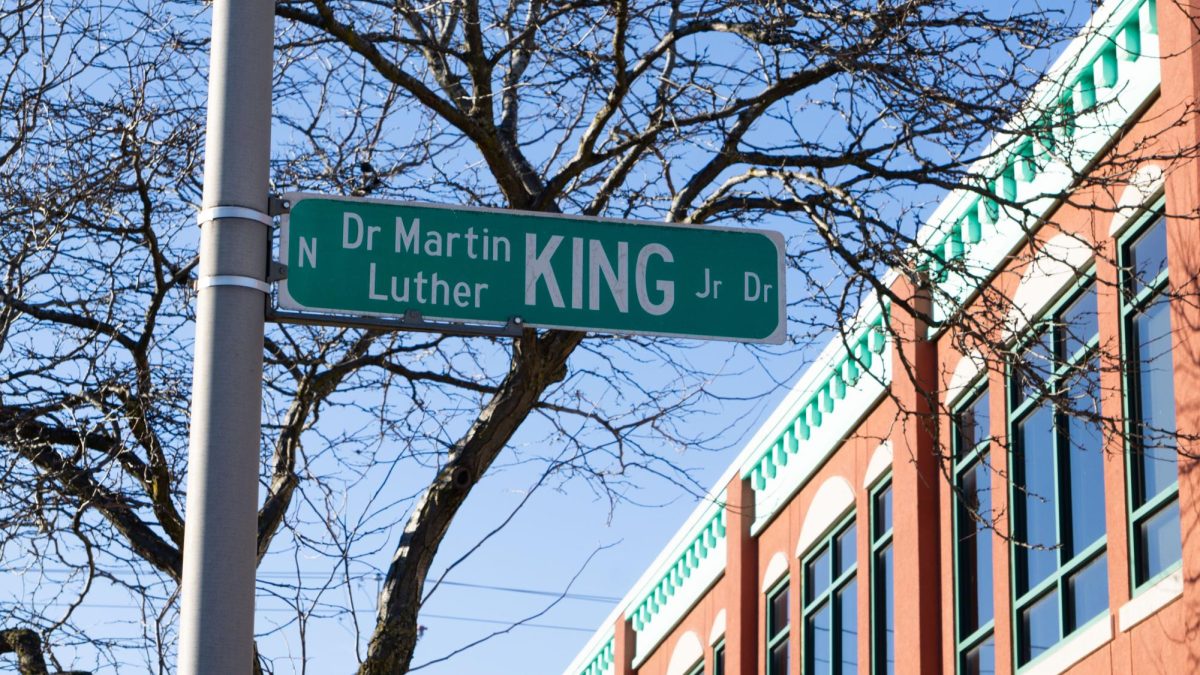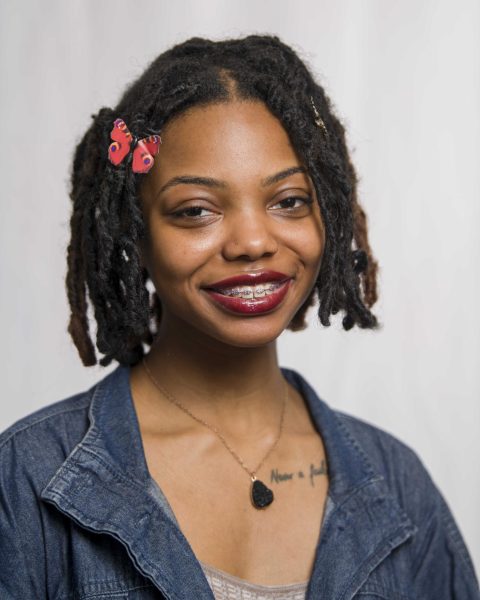In the U.S., the Hmong Community celebrates the Hmong New Year between November and December to mark the end of the harvest season, honor their ancestors and welcome a new beginning.
During this time, the Hmong Community celebrates their culture with family and community by wearing traditional clothing, eating traditional food, and listening to traditional music and dance. Other elements of the Hmong New Year include:
- The making of rice cakes, or ncuav, is a traditional part of New Year celebrations. Ncuav are sticky rice pancakes that are often eaten to celebrate a good harvest.
- They honor their ancestors by remembering their accomplishments and their sufferings.
- The New Year is welcomed as a new beginning. The Hmong Community gives thanks for the completion of the harvest and to also welcome a new beginning.
In addition, the New Year is a time to pass down traditions to new generations. Some of these include:
Soul calling: A ritual ceremony referred to as Hu Plig. According to Hmong cosmology, the human body is made up of many souls. If one or more of these souls become isolated or separated from the body, it can cause disease, depression, or death. A person’s soul can be separated from their body due to fright or a spiritual disturbance. This is where a shaman, an elder, or healer comes in. They perform practices to bring a person’s wandering soul back to their body. This ritual often involves offerings, chanting, and symbolic actions to entice the soul to return home. It is performed on special occasions such as three days after the birth of a baby, the third day after a wedding, when a family member returns home from a long journey, and in this case, the night before the Hmong New Year celebration.
New Year’s resolutions: The Hmong Community observes some simple resolutions during the festival and for a short time afterwards. Examples of this are bringing good luck to the new year by eating only meat and rice for three days and the selection of a partner made at the New Year Celebration.
Weddings: Young Hmong men and women often marry a month or two after the New Year. This is because of the transition to adult responsibilities. The new bride moves in with the groom’s family and is expected to fulfill the roles of a well-behaved son and daughter-in-law. As the bride assumes her new family’s spiritual traditions, ways of life, and prepares to bear children, this can be a difficult process as she leaves her old family, joins a new family and seeks to form her own. To satisfy the bride’s endurance with an earnest intention to treat her well, and appreciation of the bride’s parents raising a daughter, the groom’s family offers the newlywed couple money and/or gifts. The bride’s family also supports the newlywed couple building their life together by bestowing cash, household items, clothing, jewelry, etc. as well. Like the Hmong New Year Celebration, certain restrictions are observed on the day of the wedding; for example, hot peppers are not allowed at the table to prevent the marriage from hot tempered arguments.
Pov Pob: Young men and women engage in a game of Pov Pob. It is a ball game where they form two lines facing each other and toss a small cloth back and forth. If a player drops the ball, usually they will give their partner an item they are wearing. The game helps young people get to know each other and form relationships. It is also a way to break the ice and allow couples to talk without any pressure.

